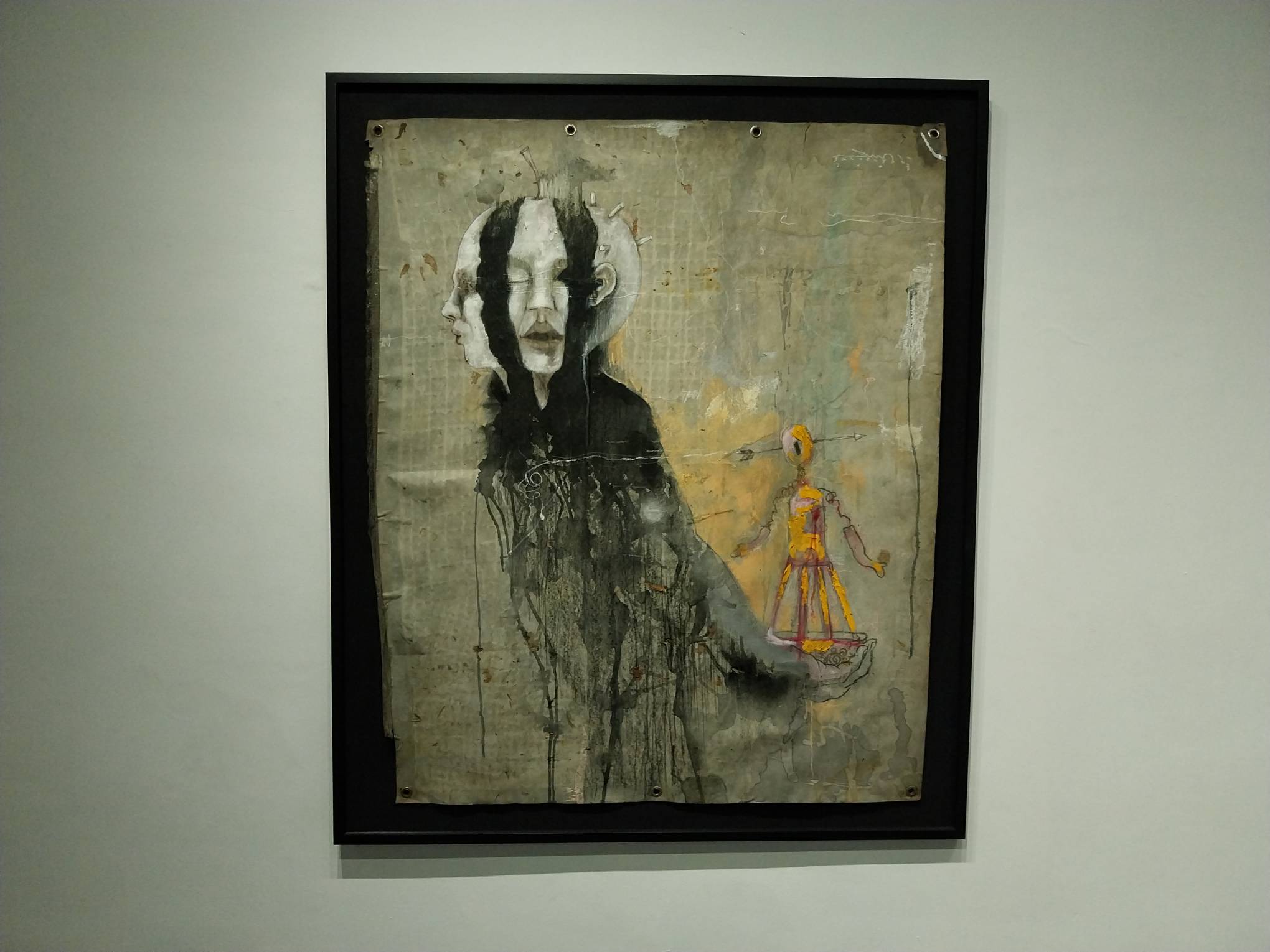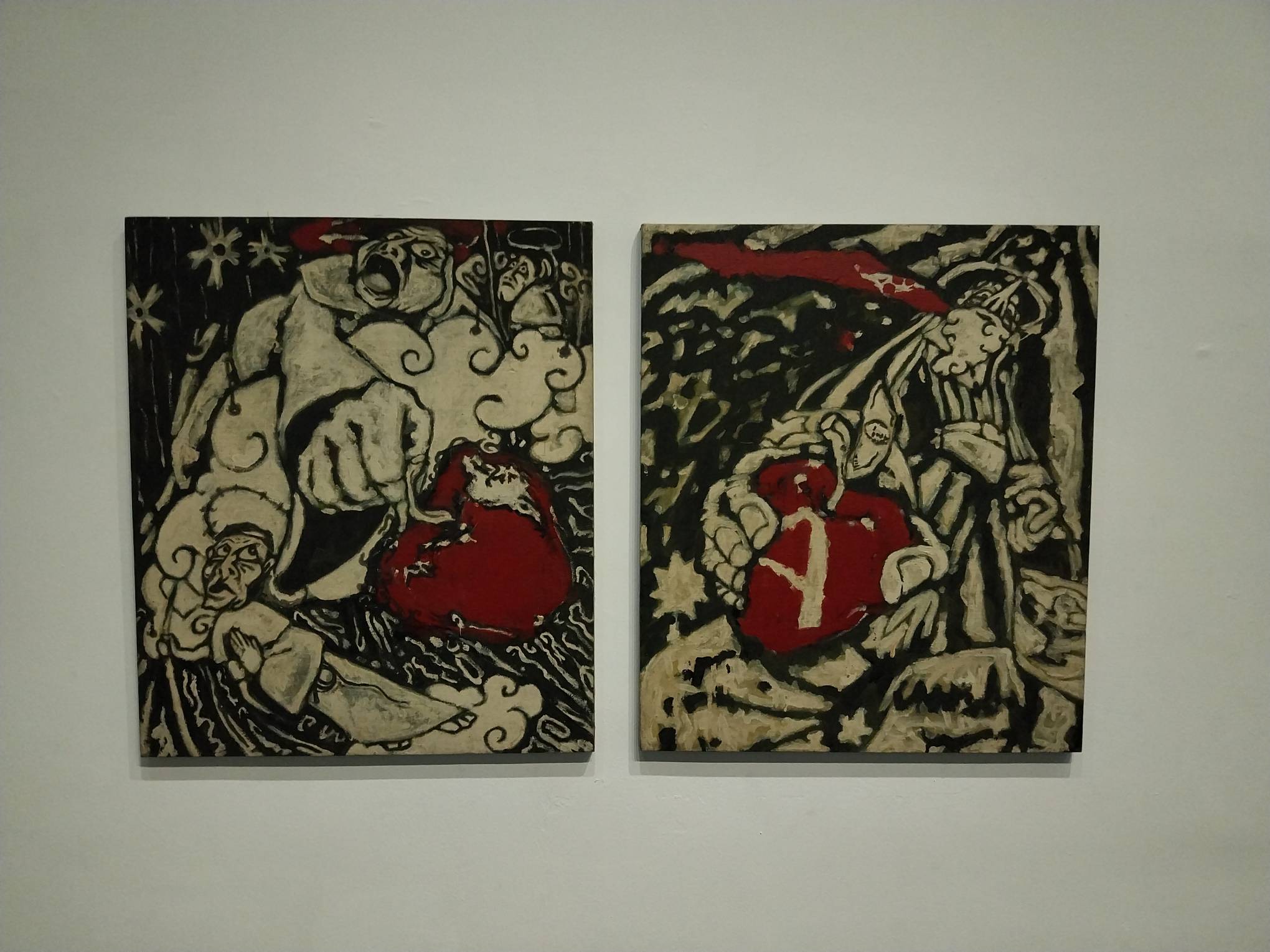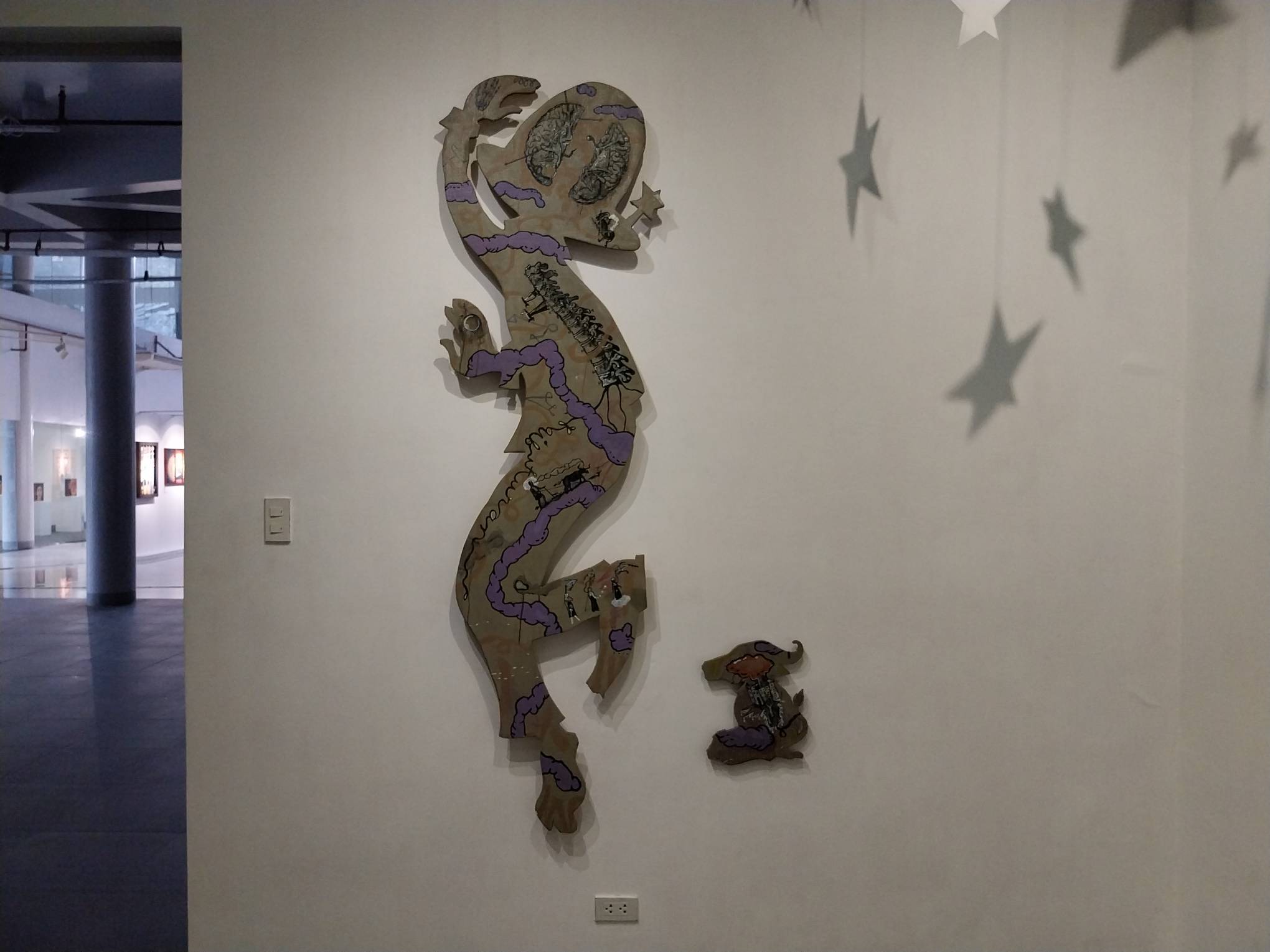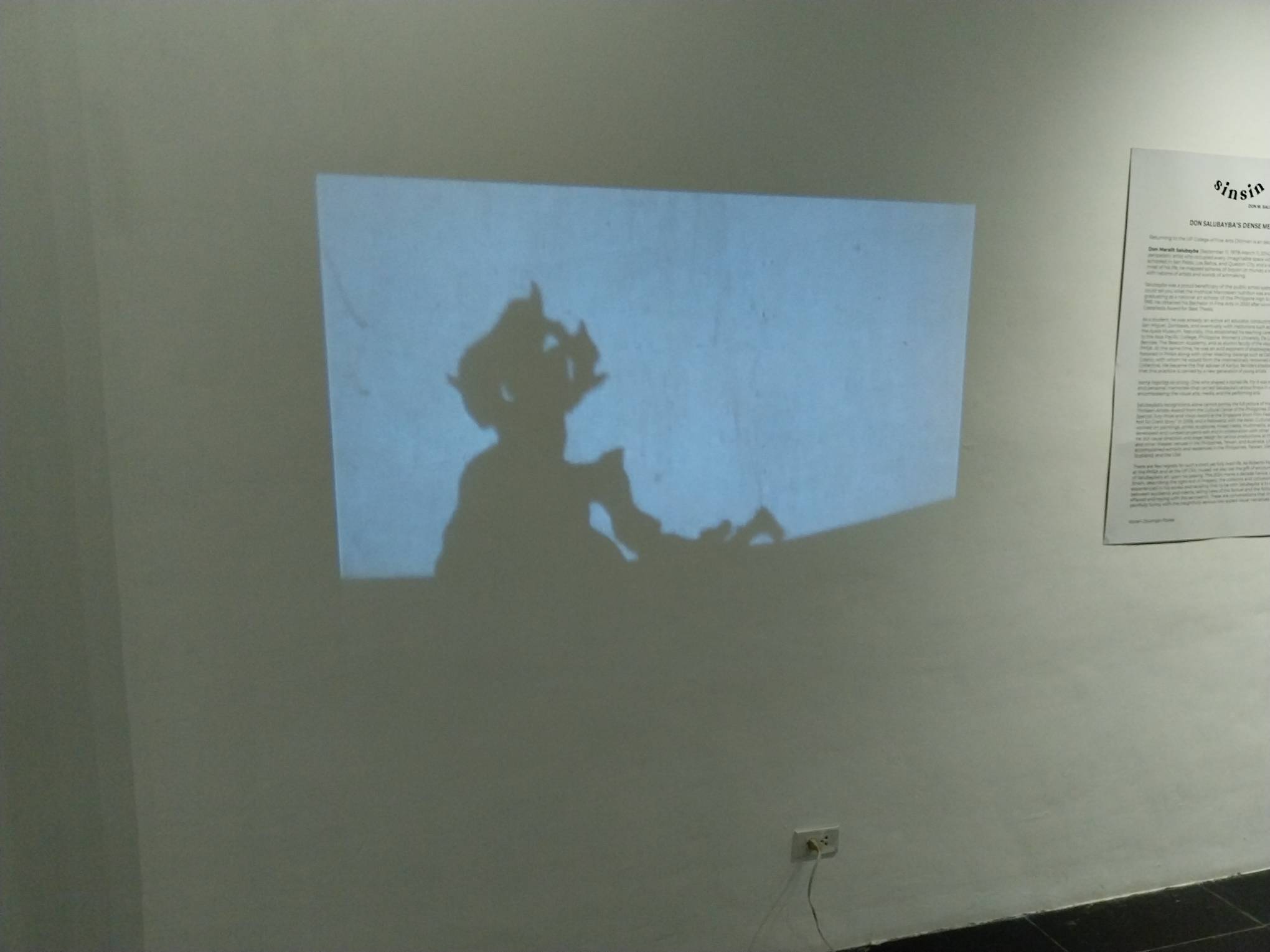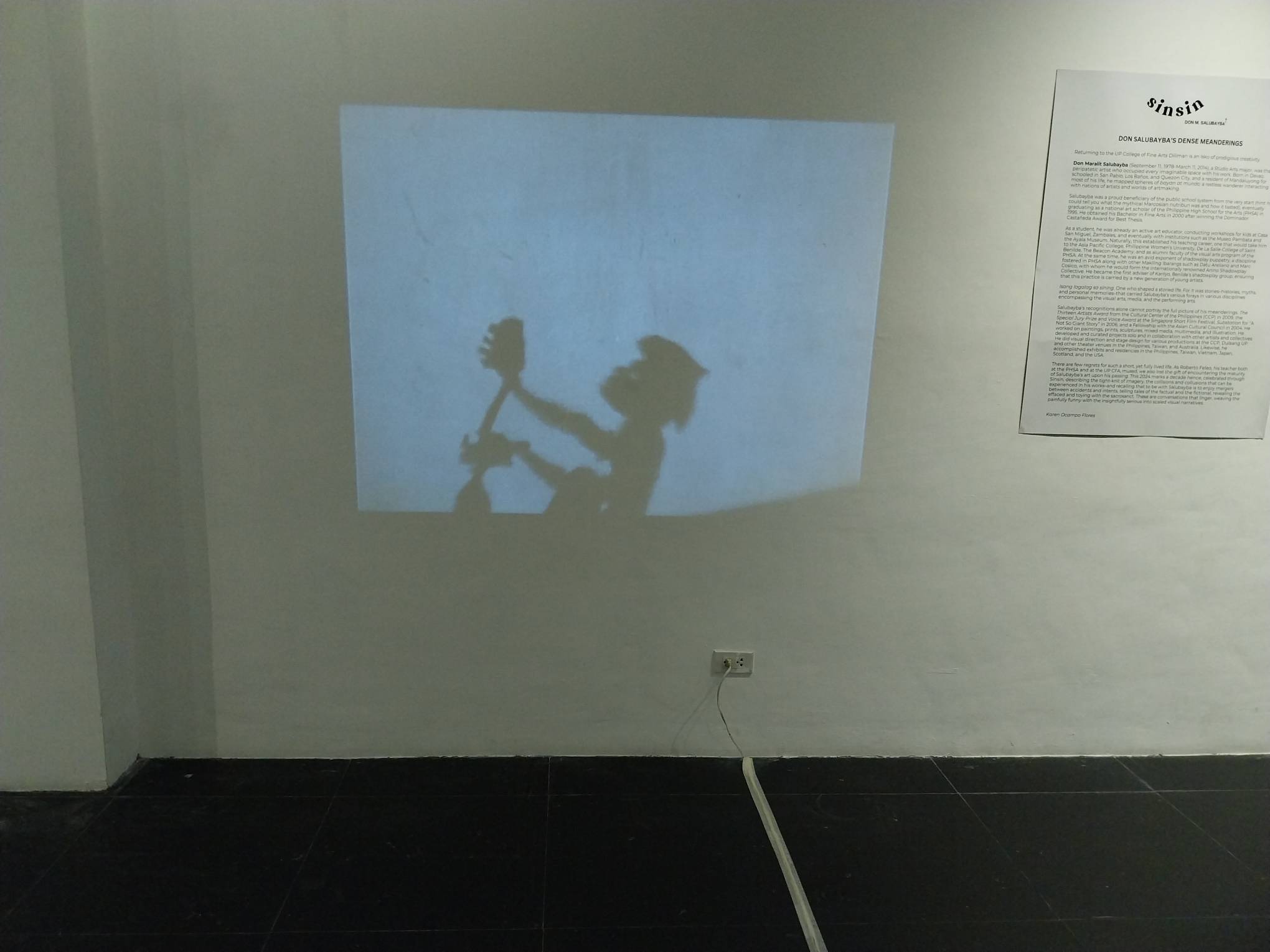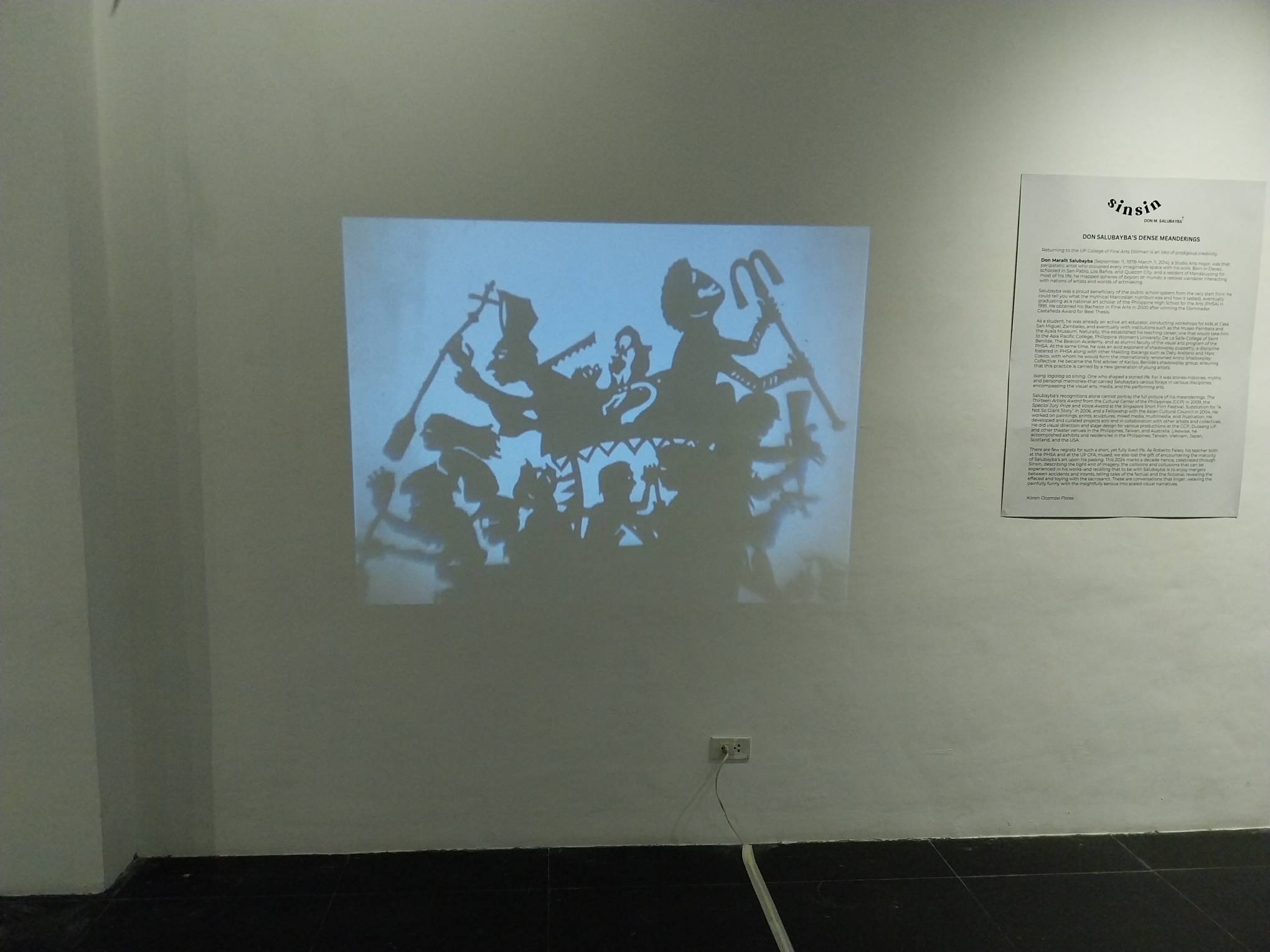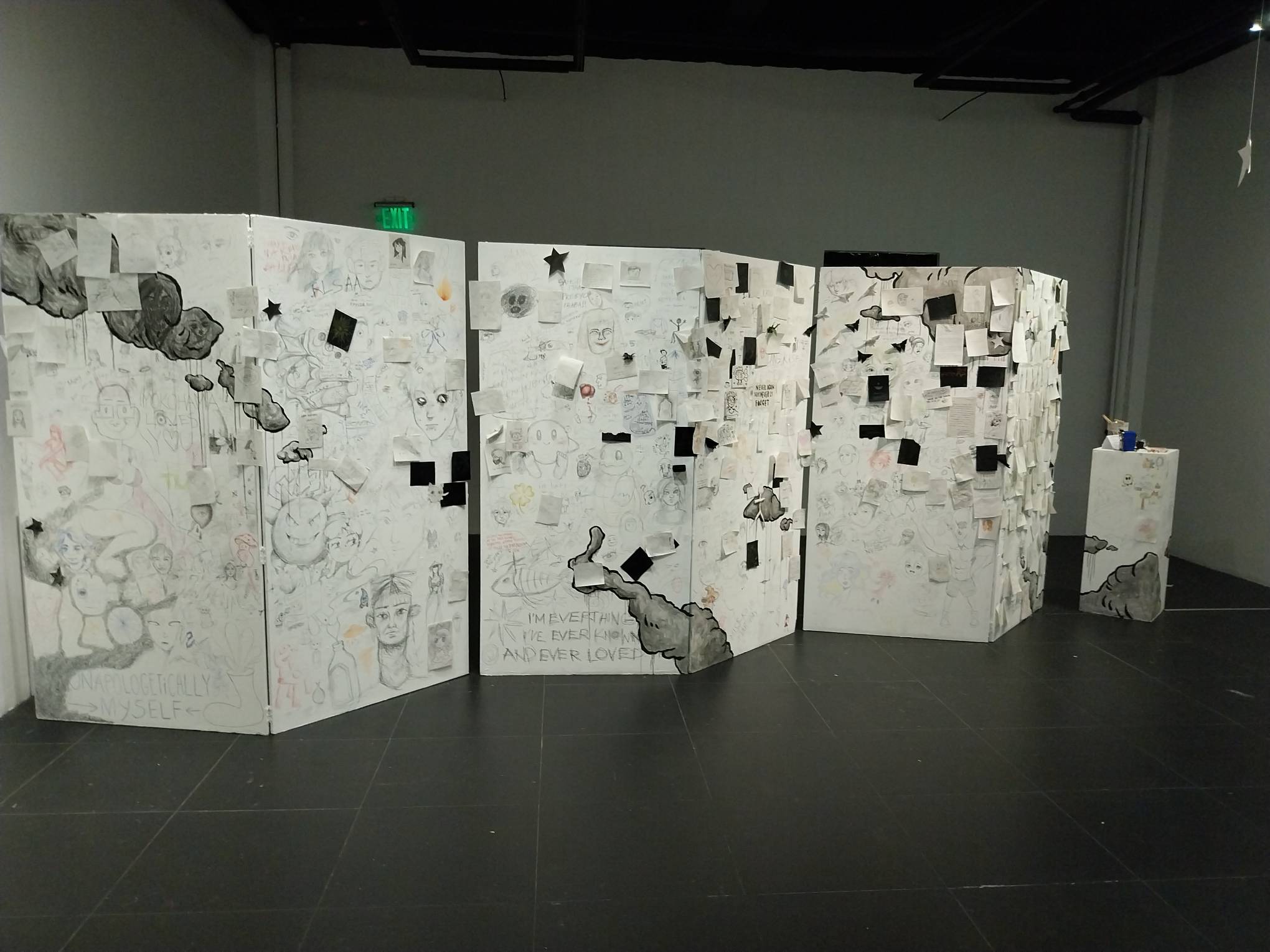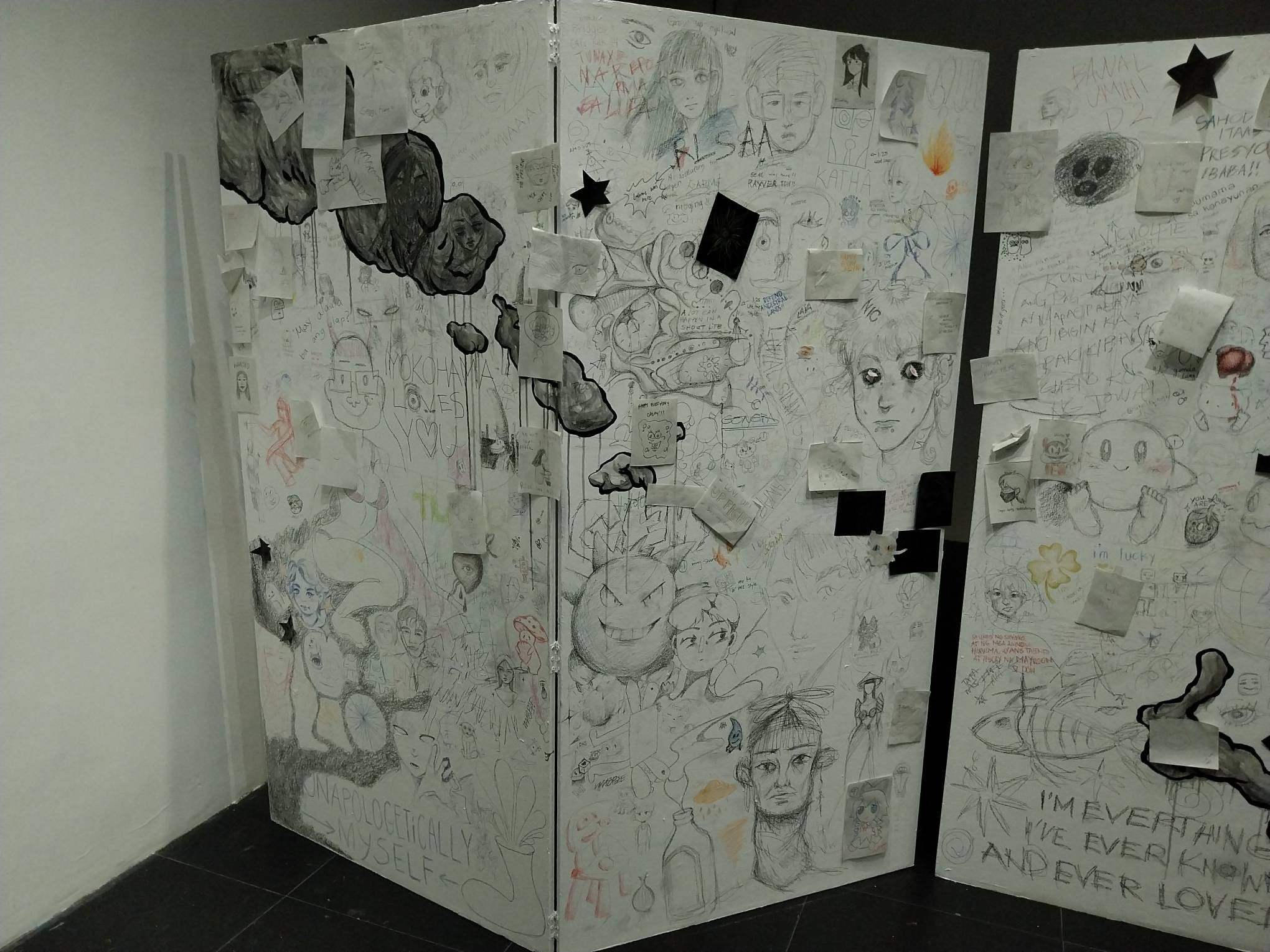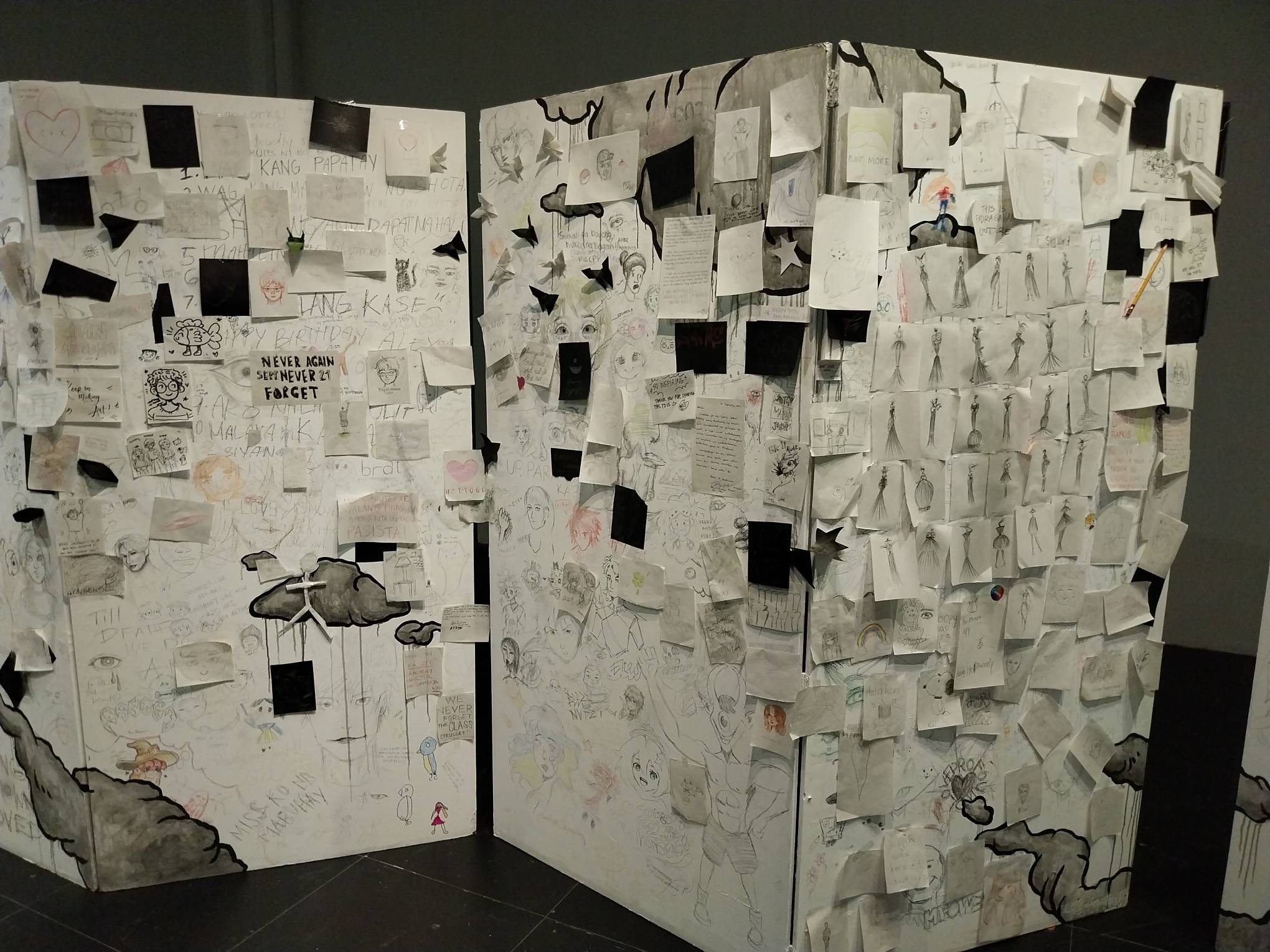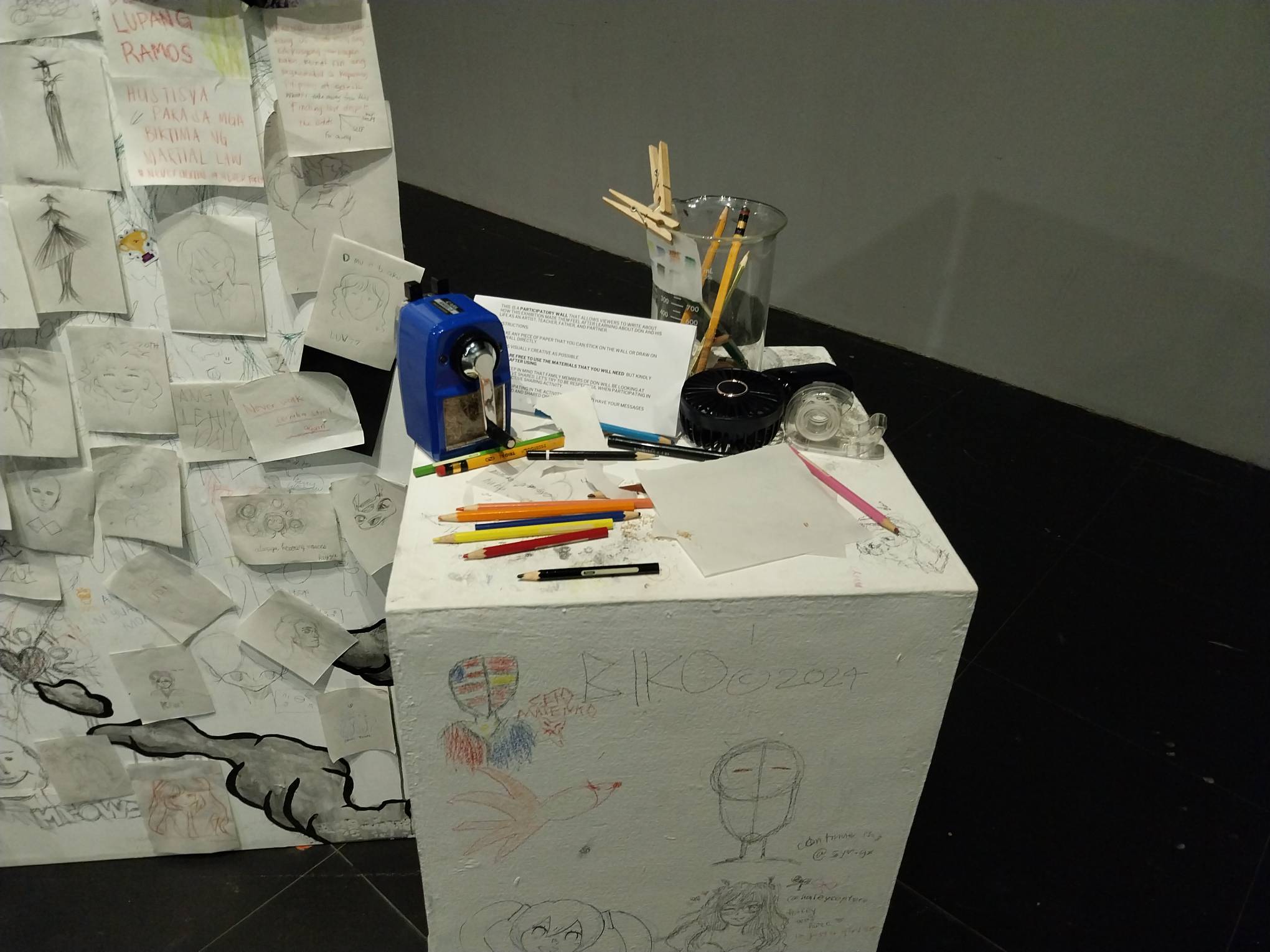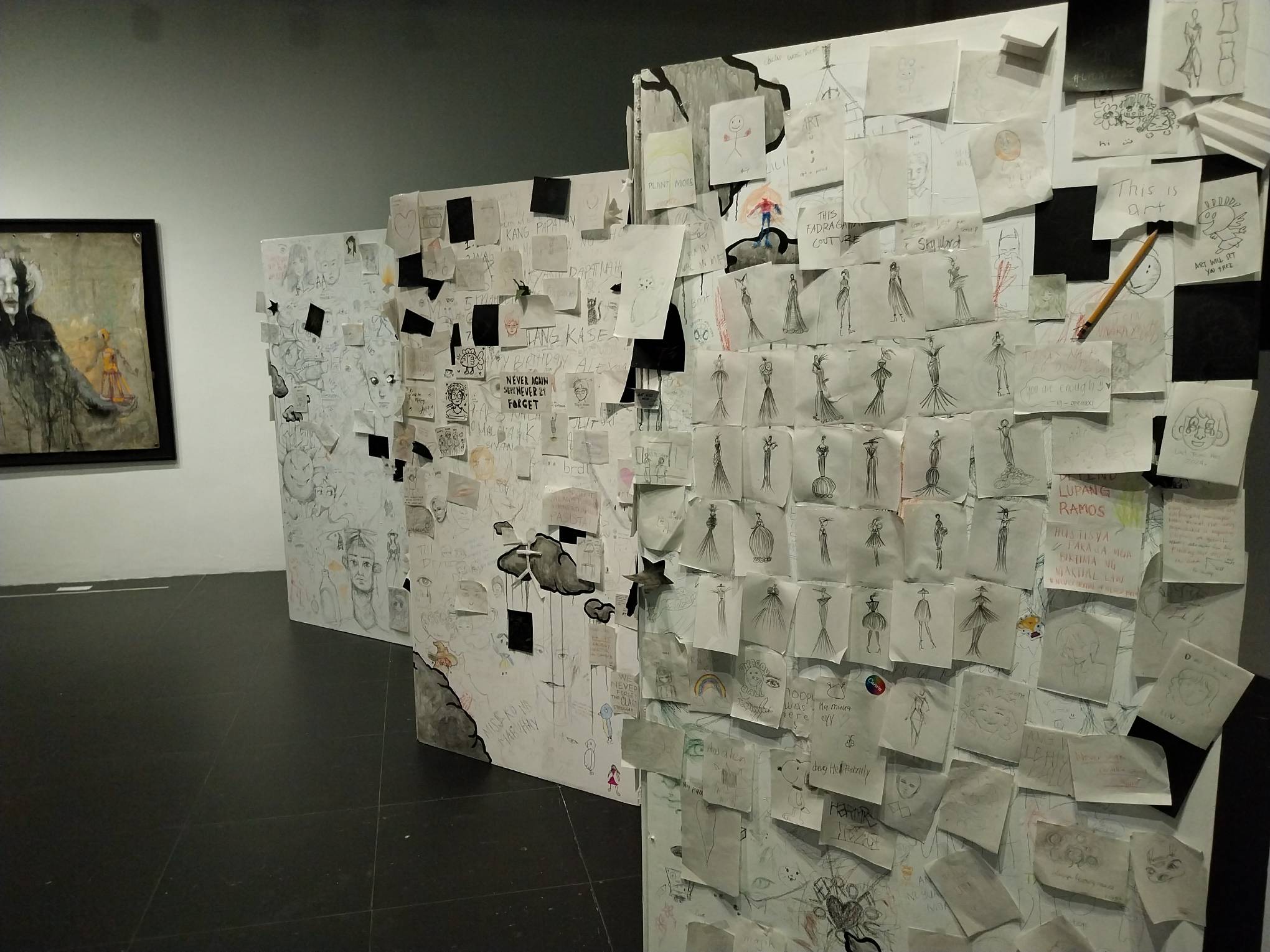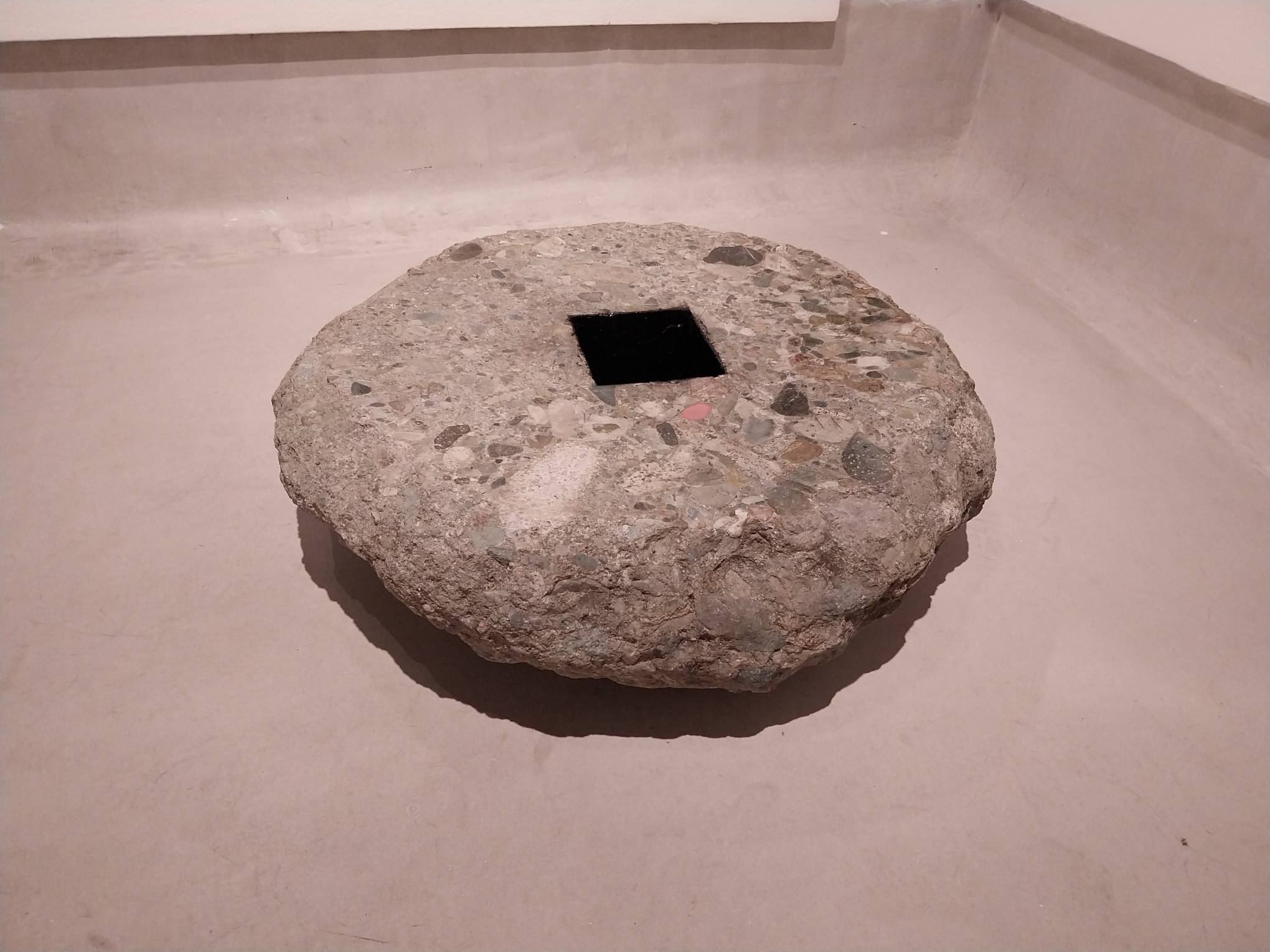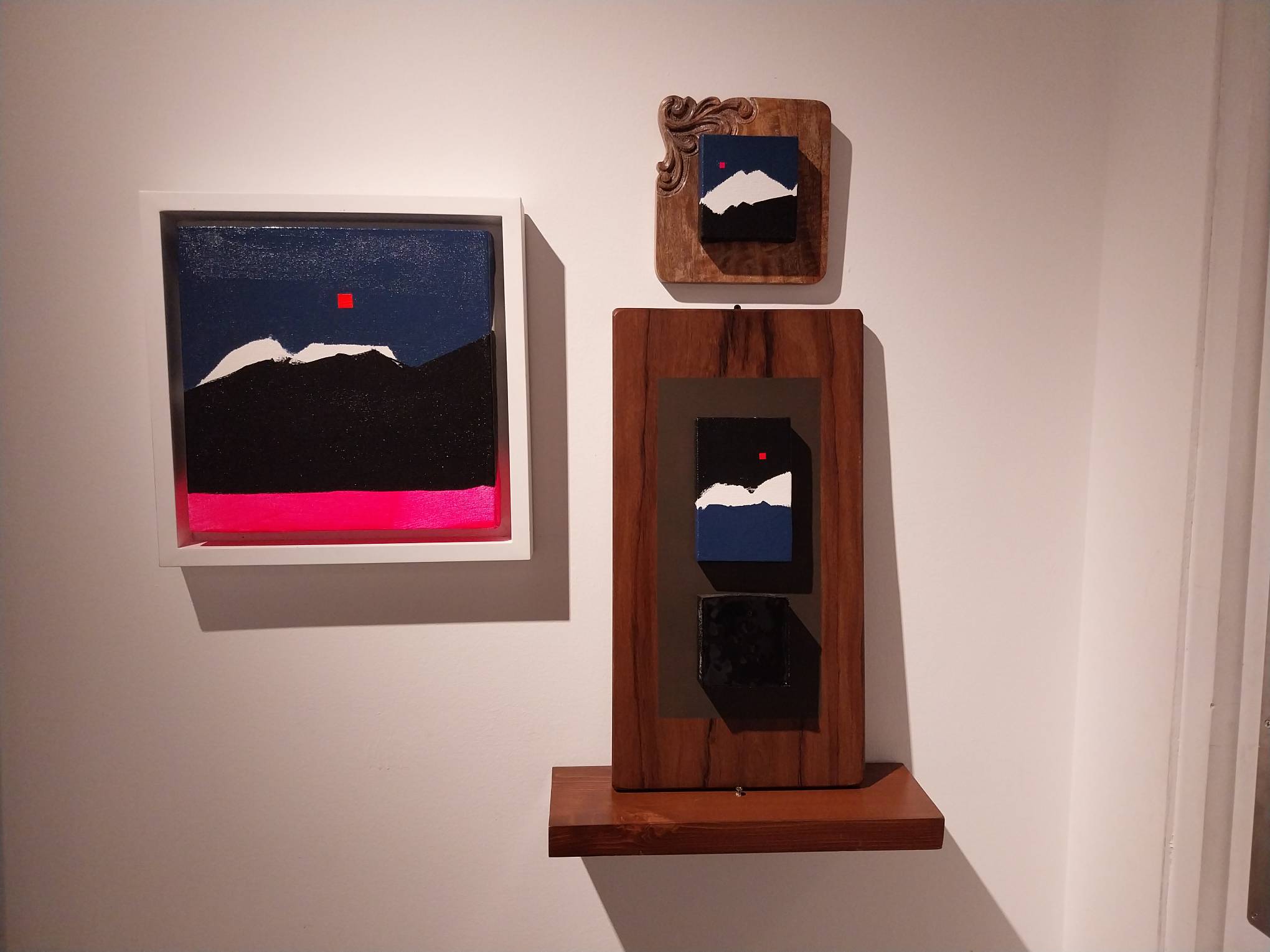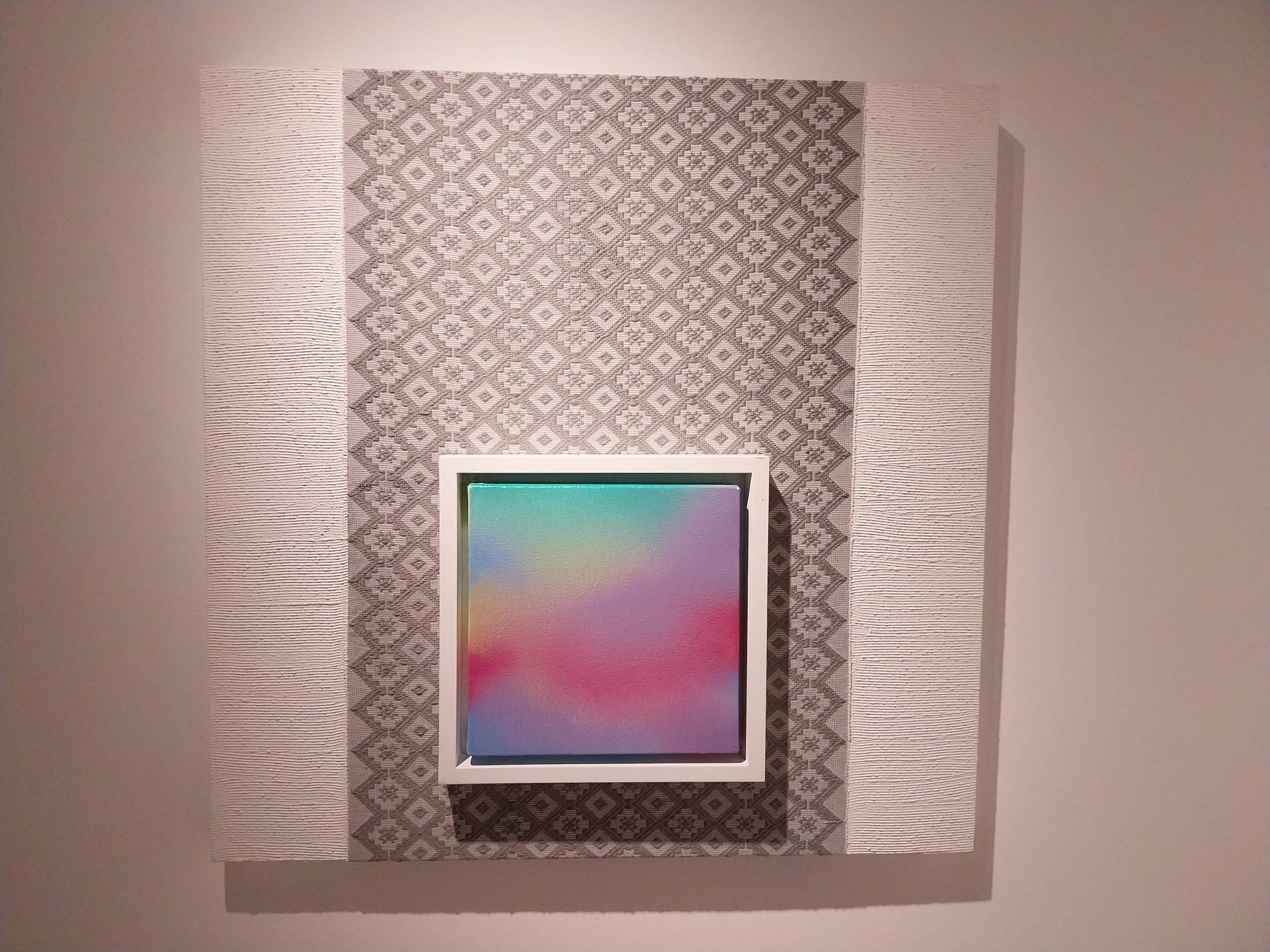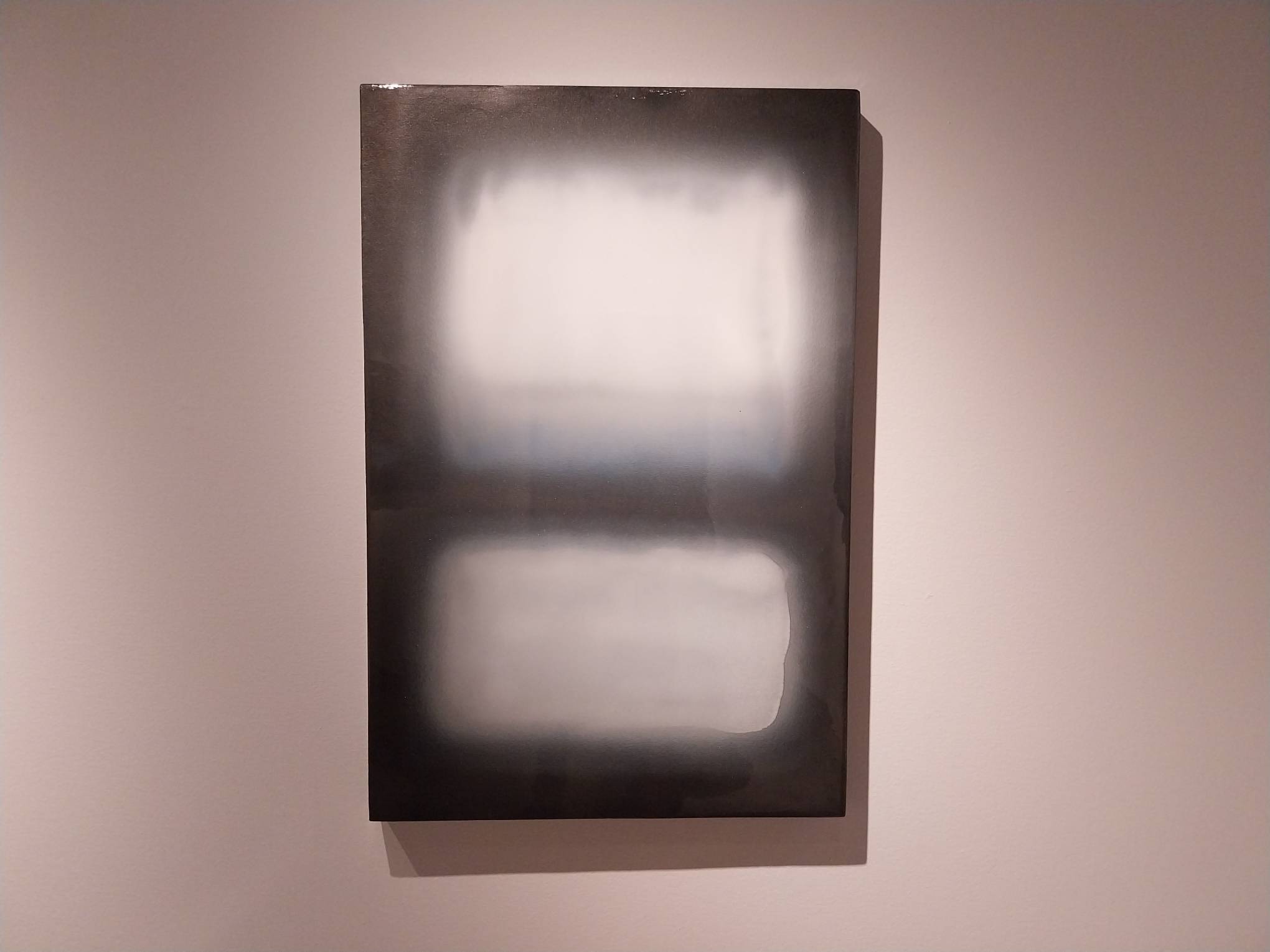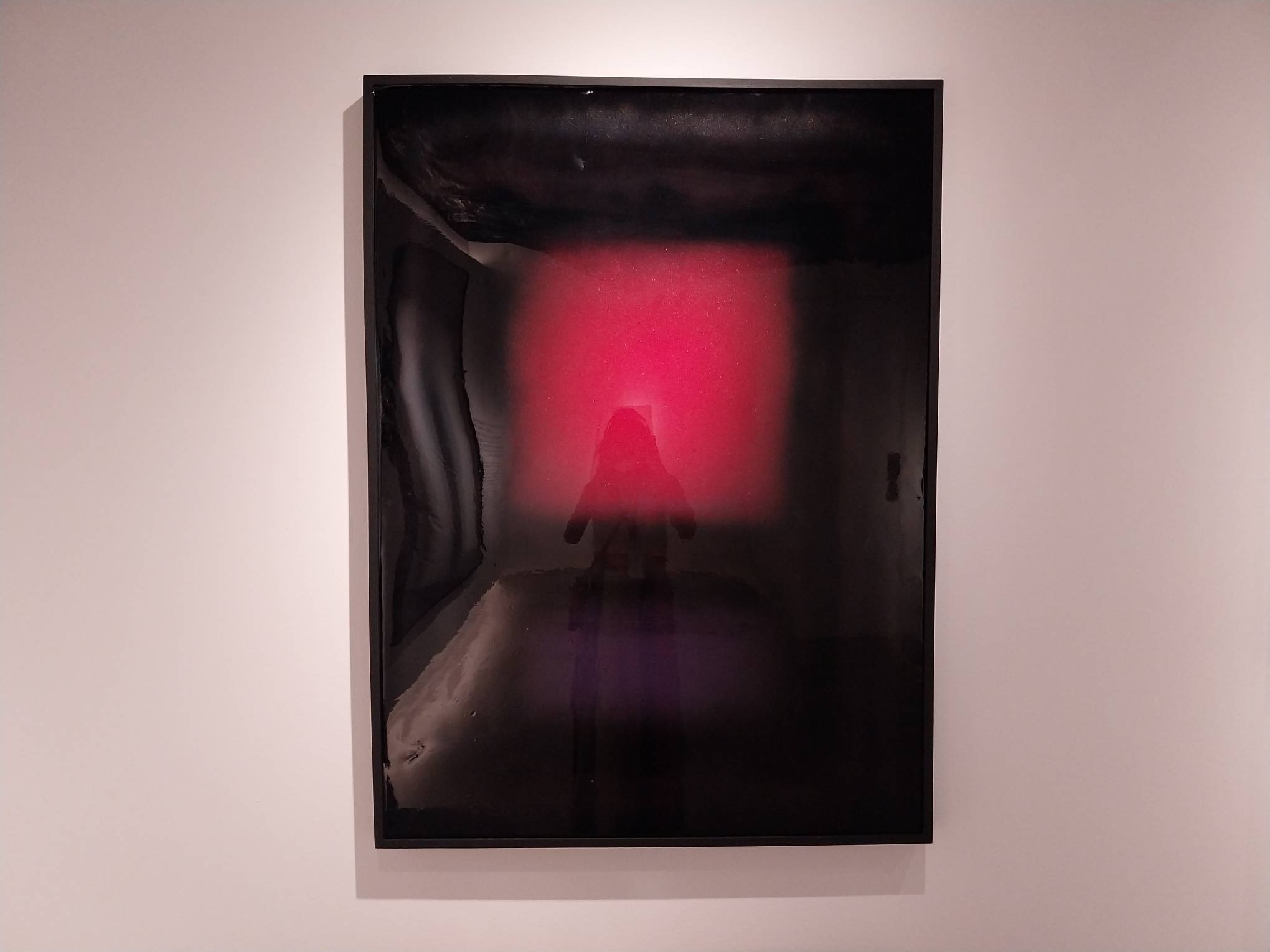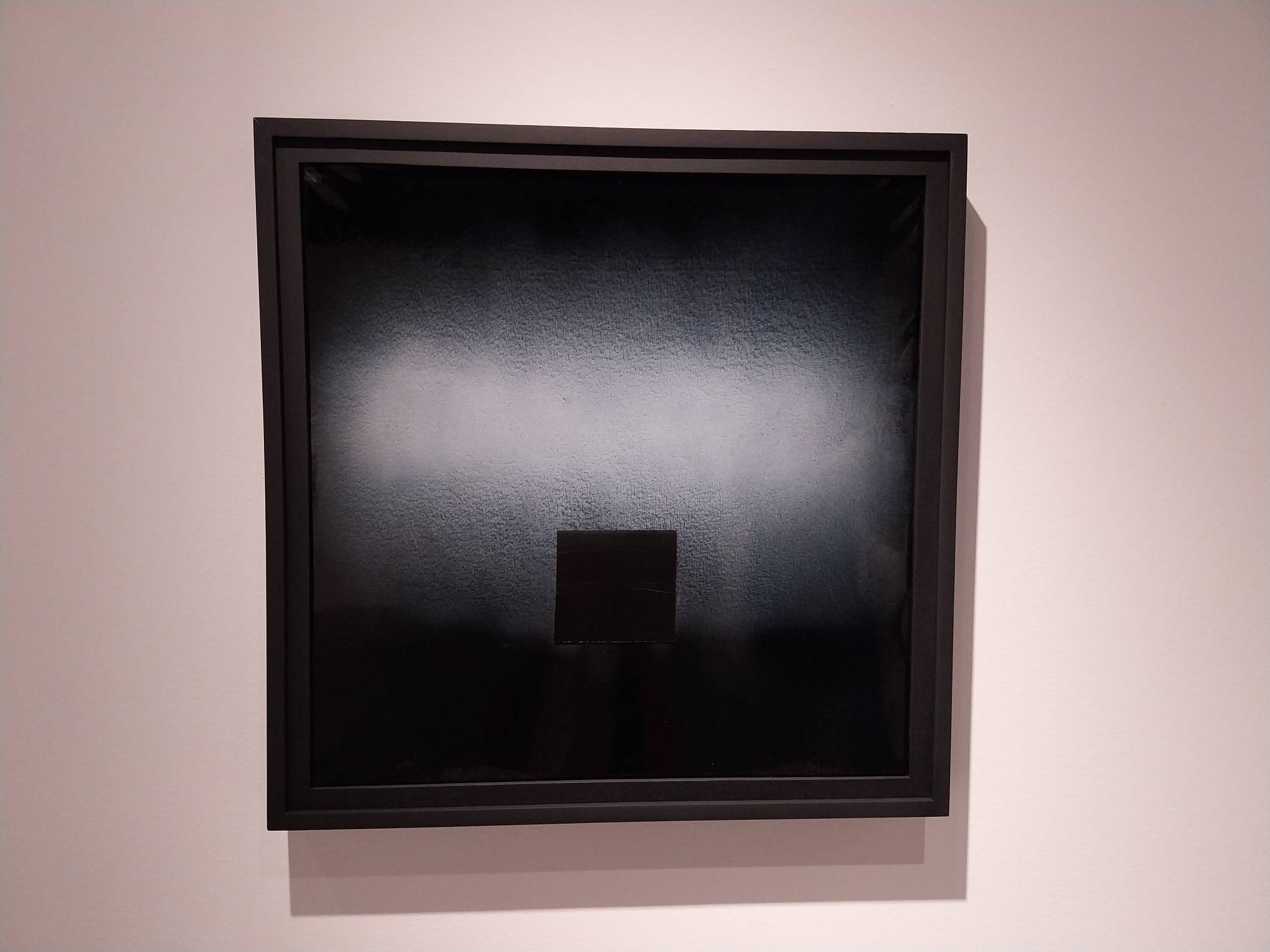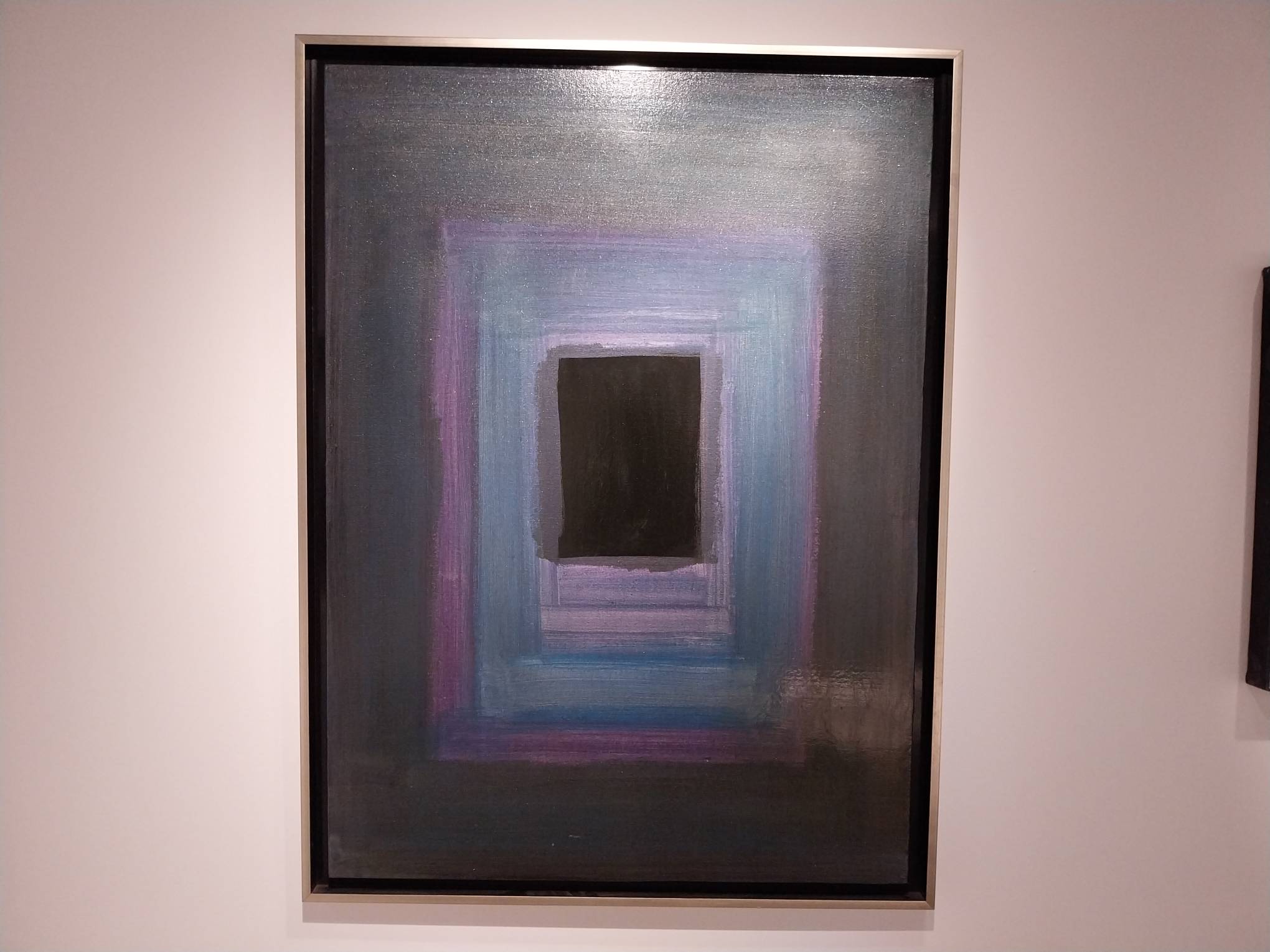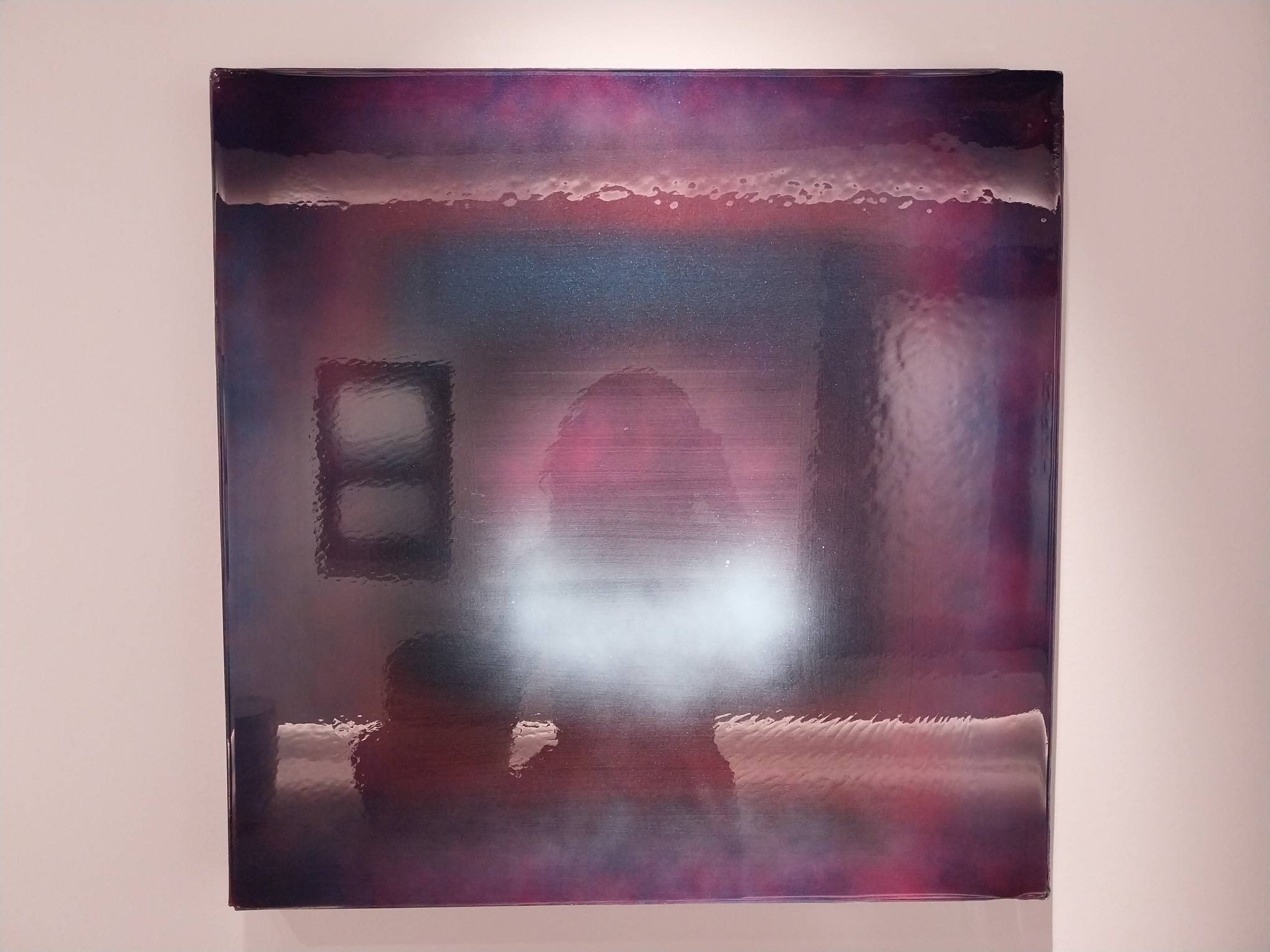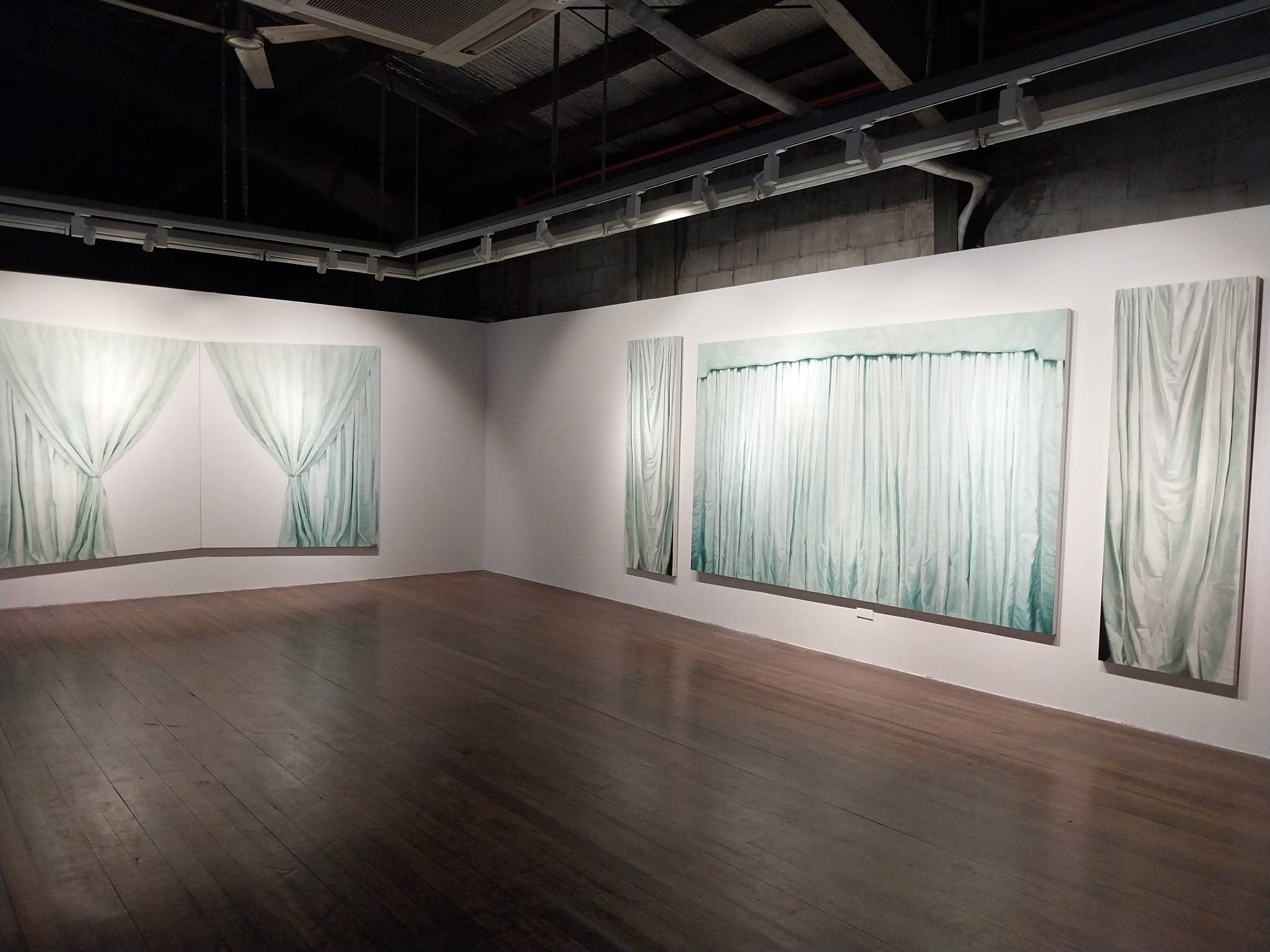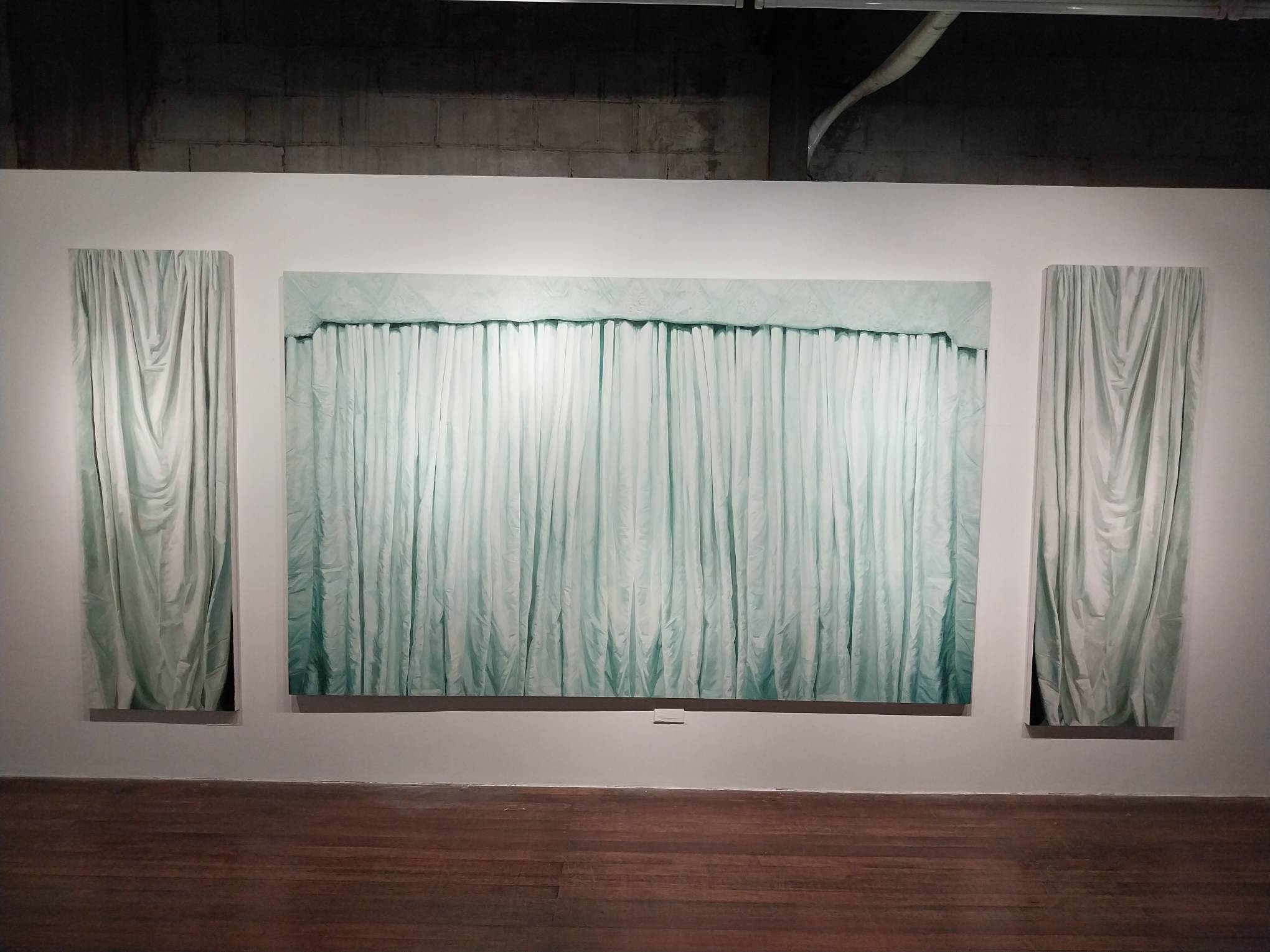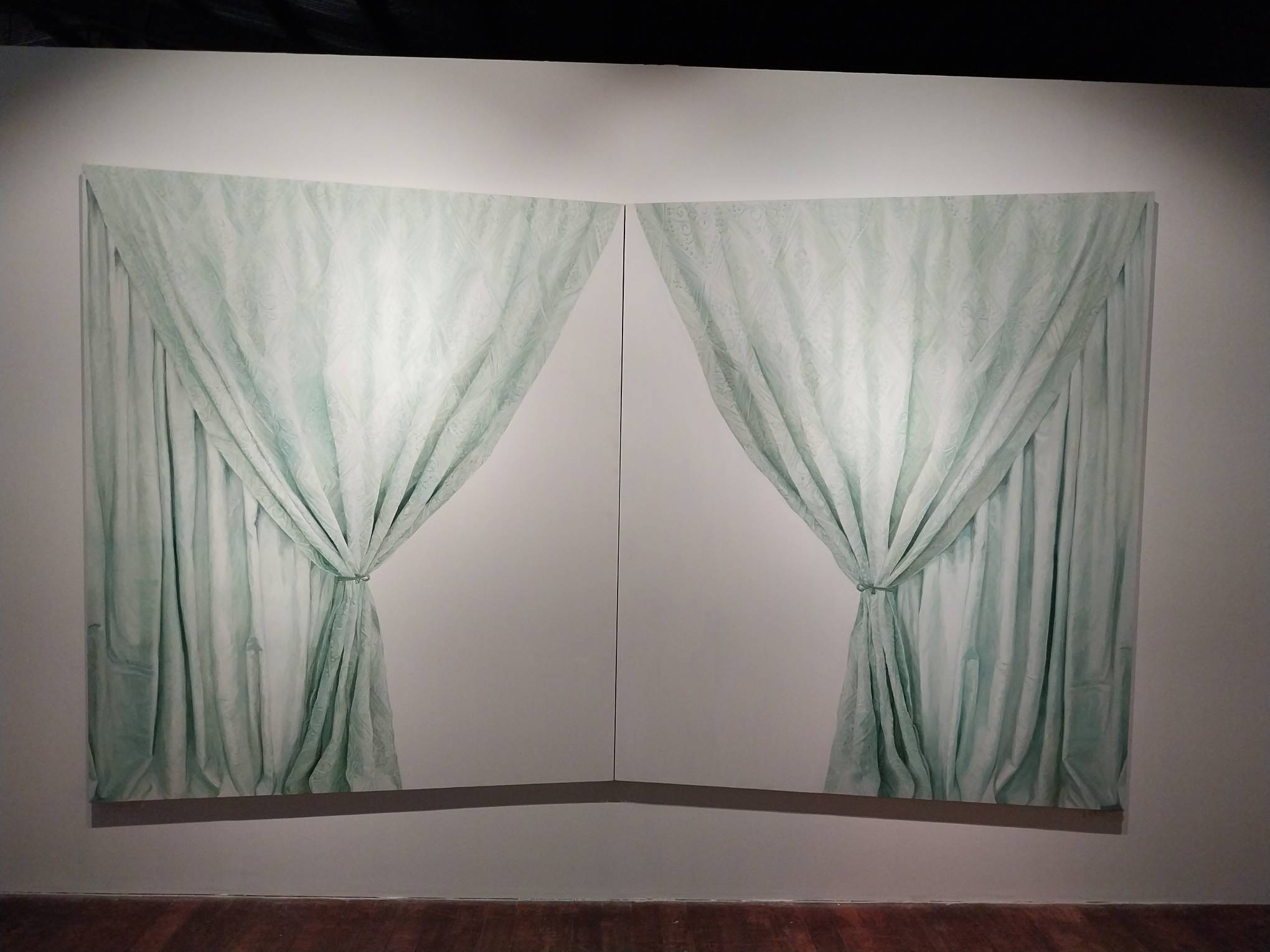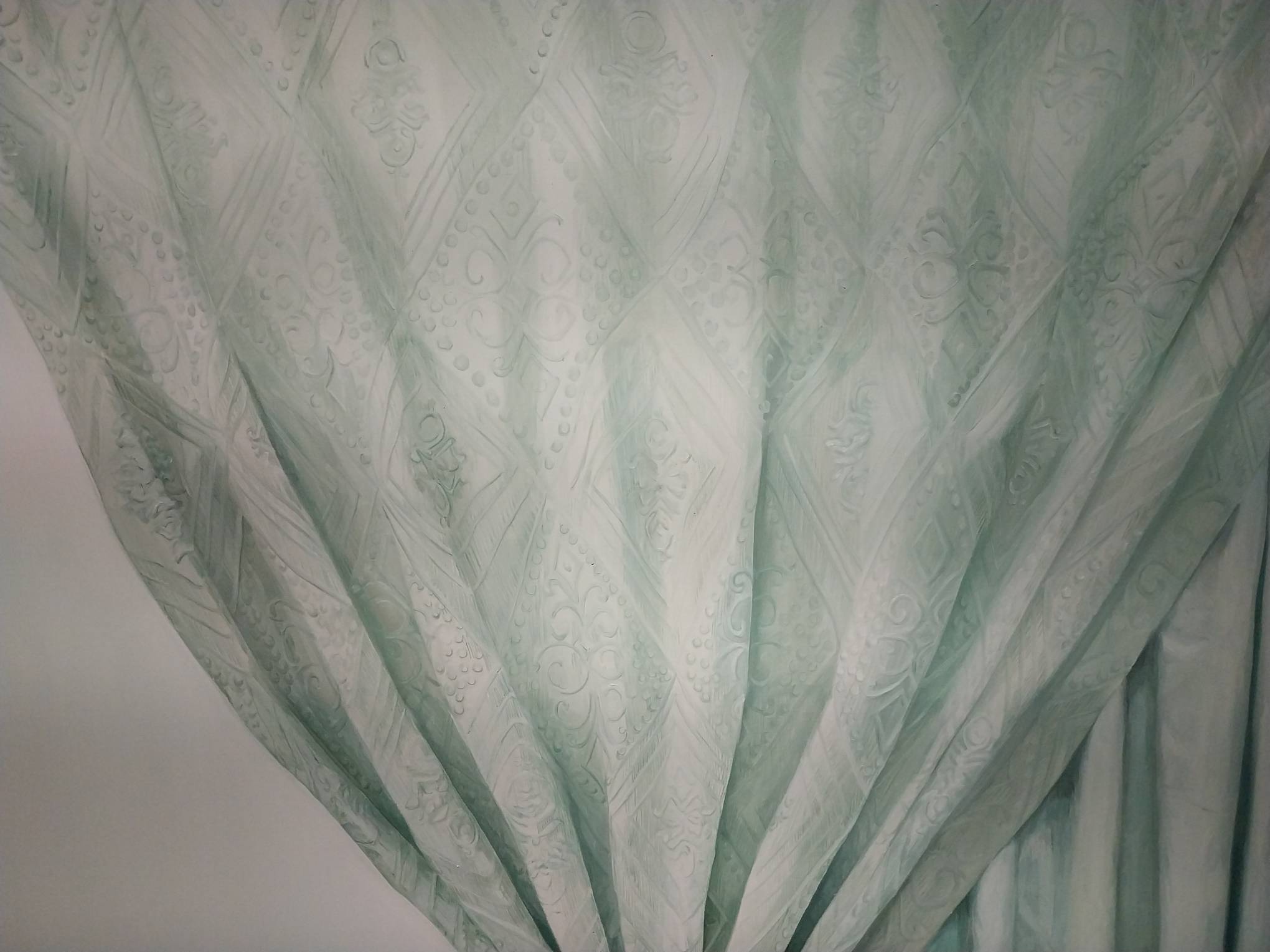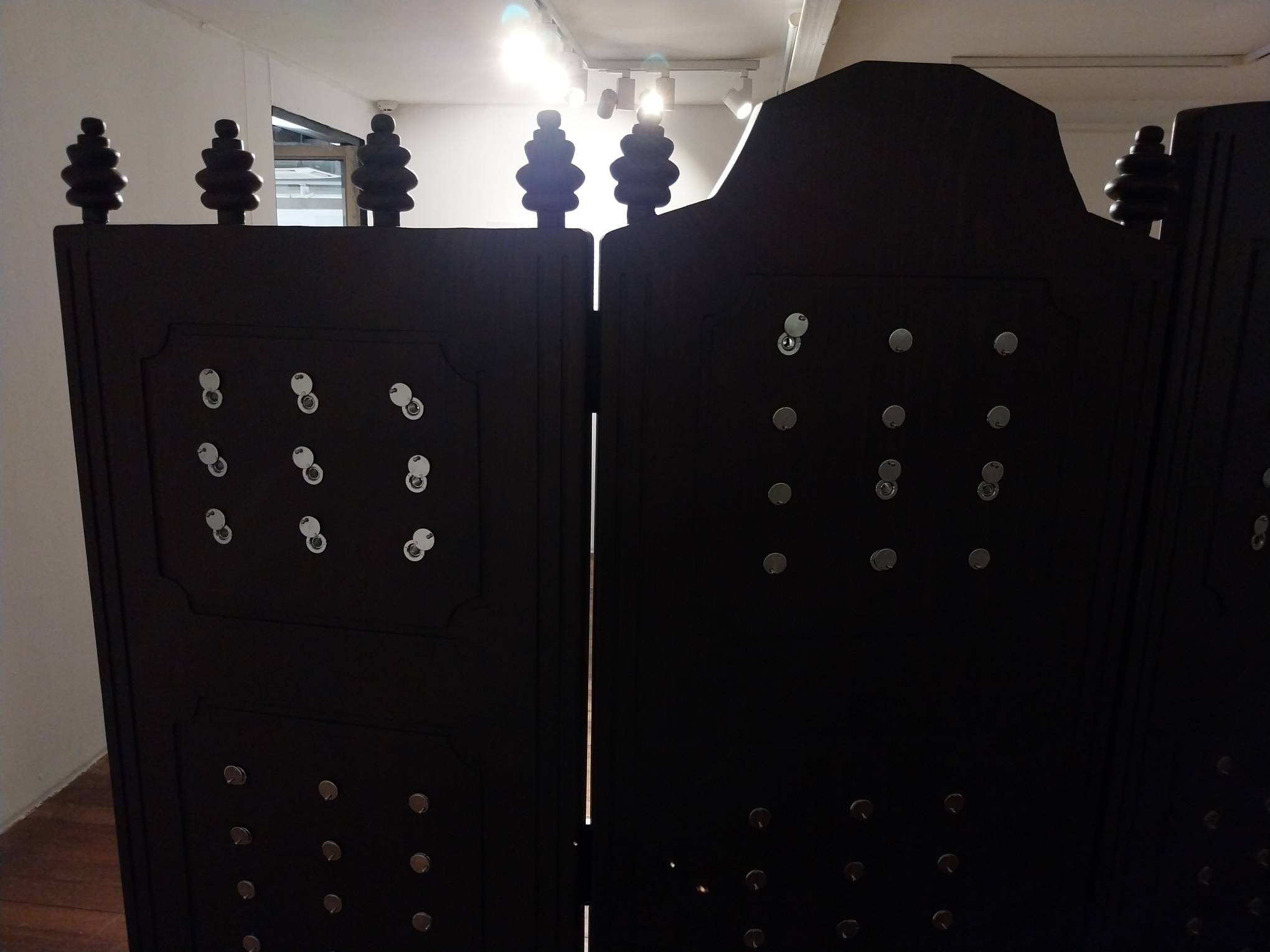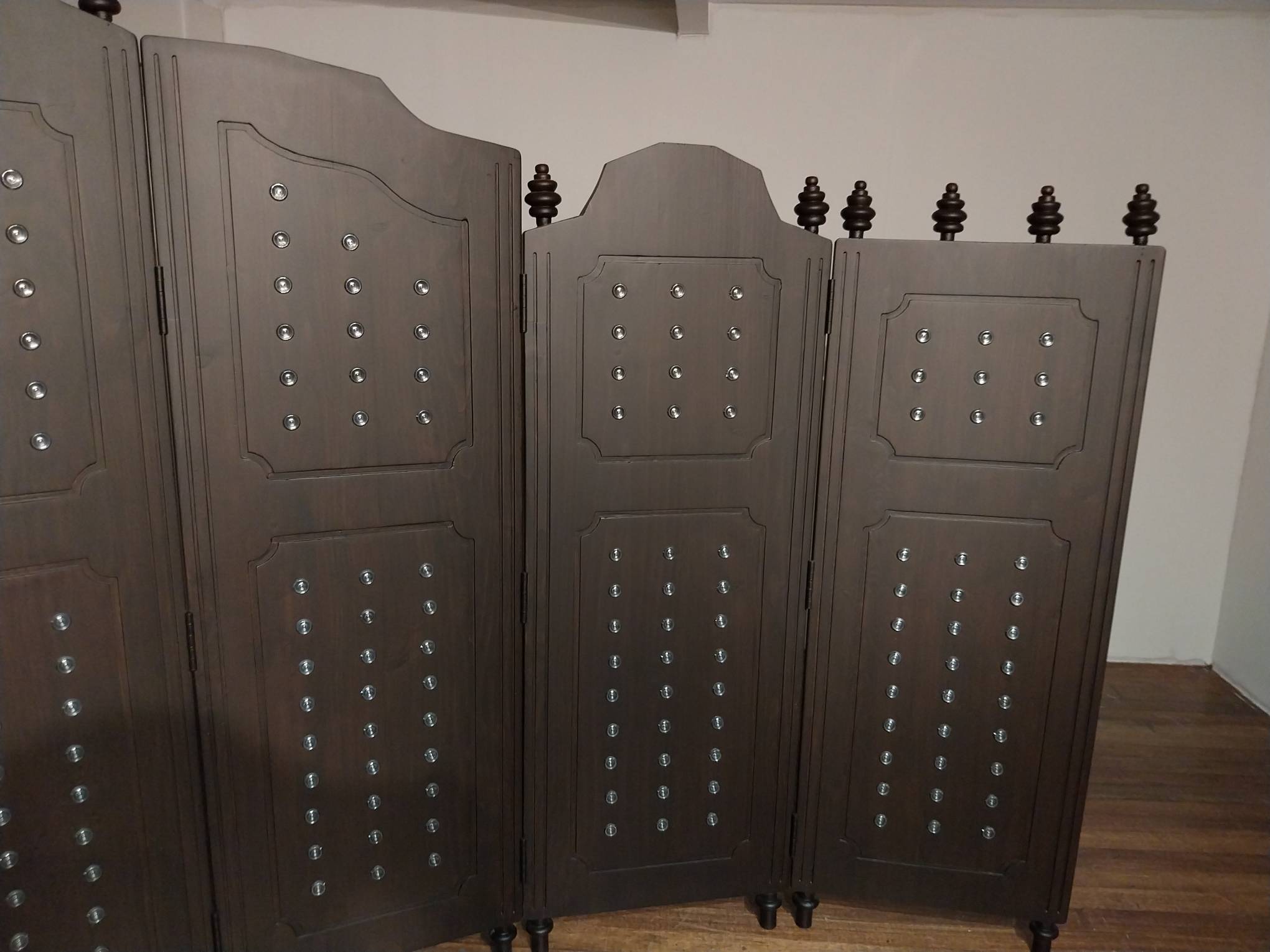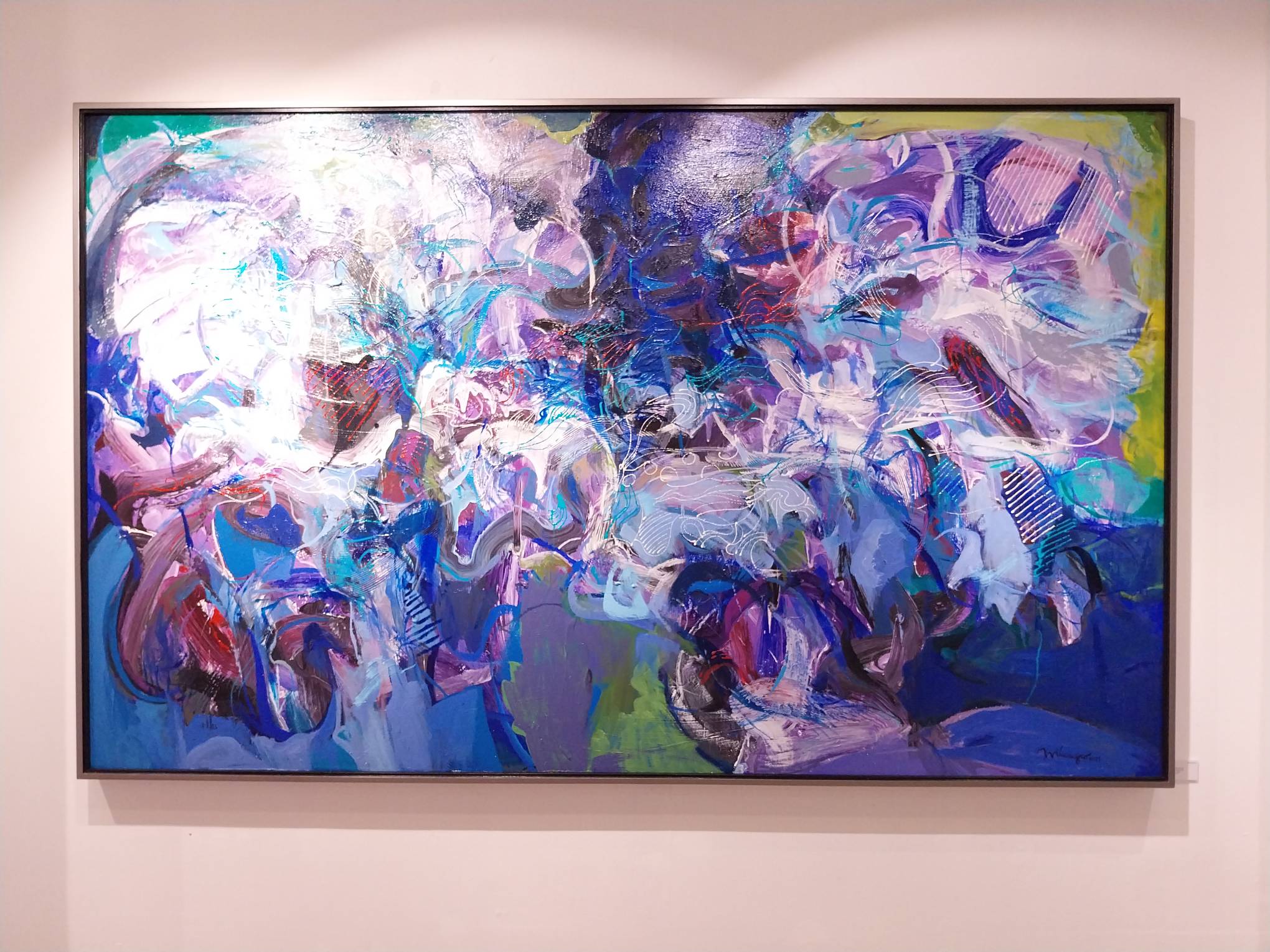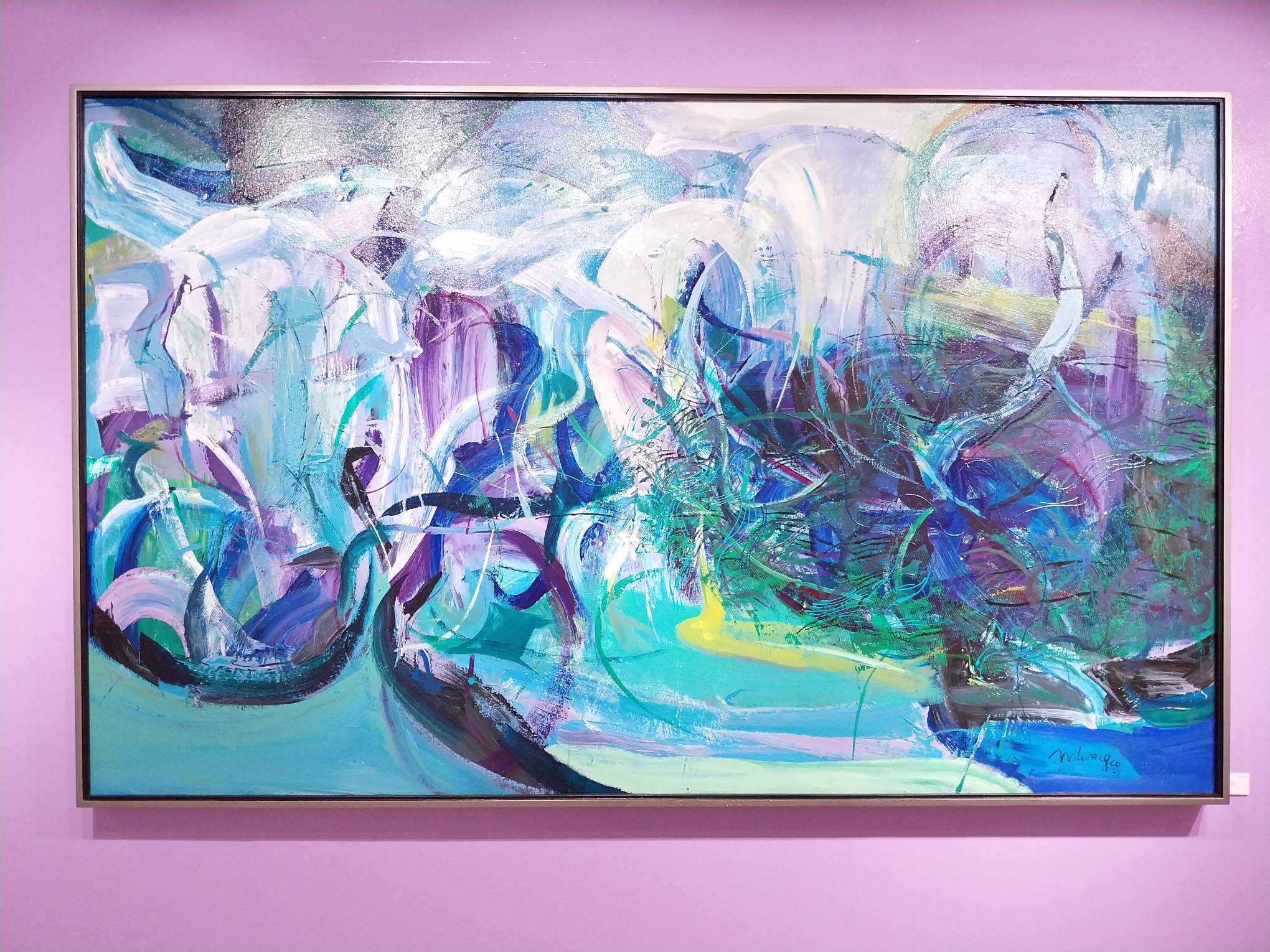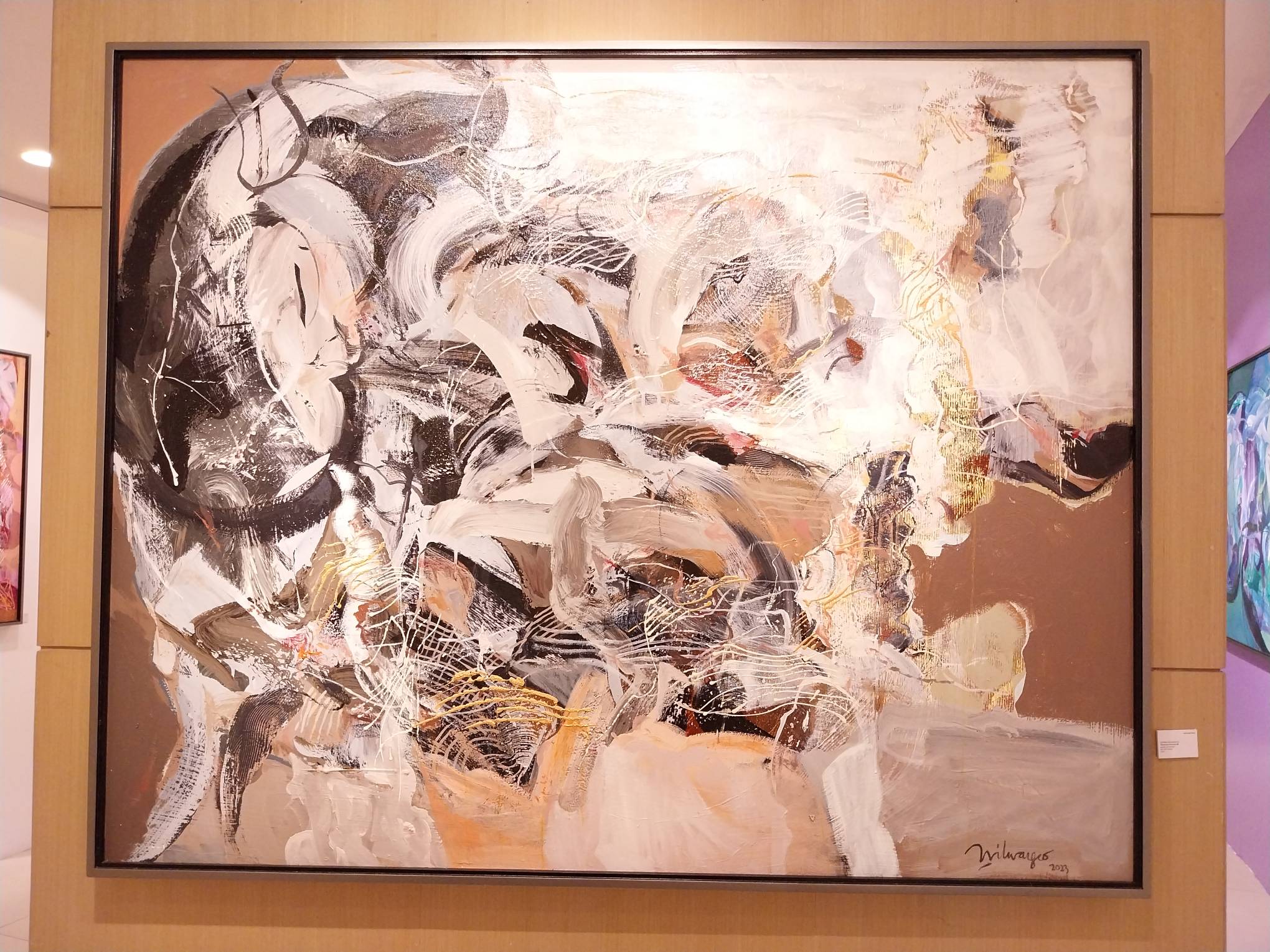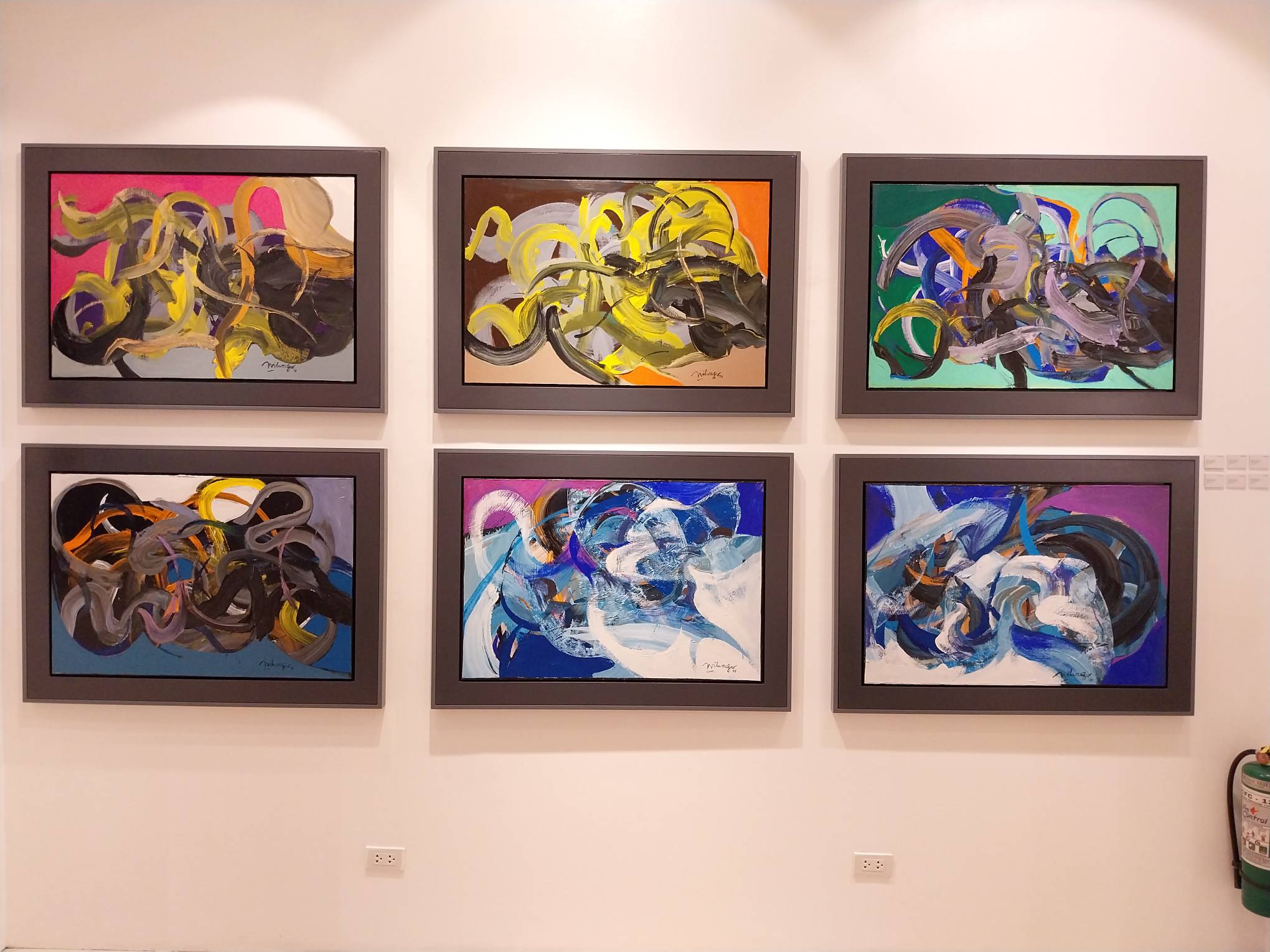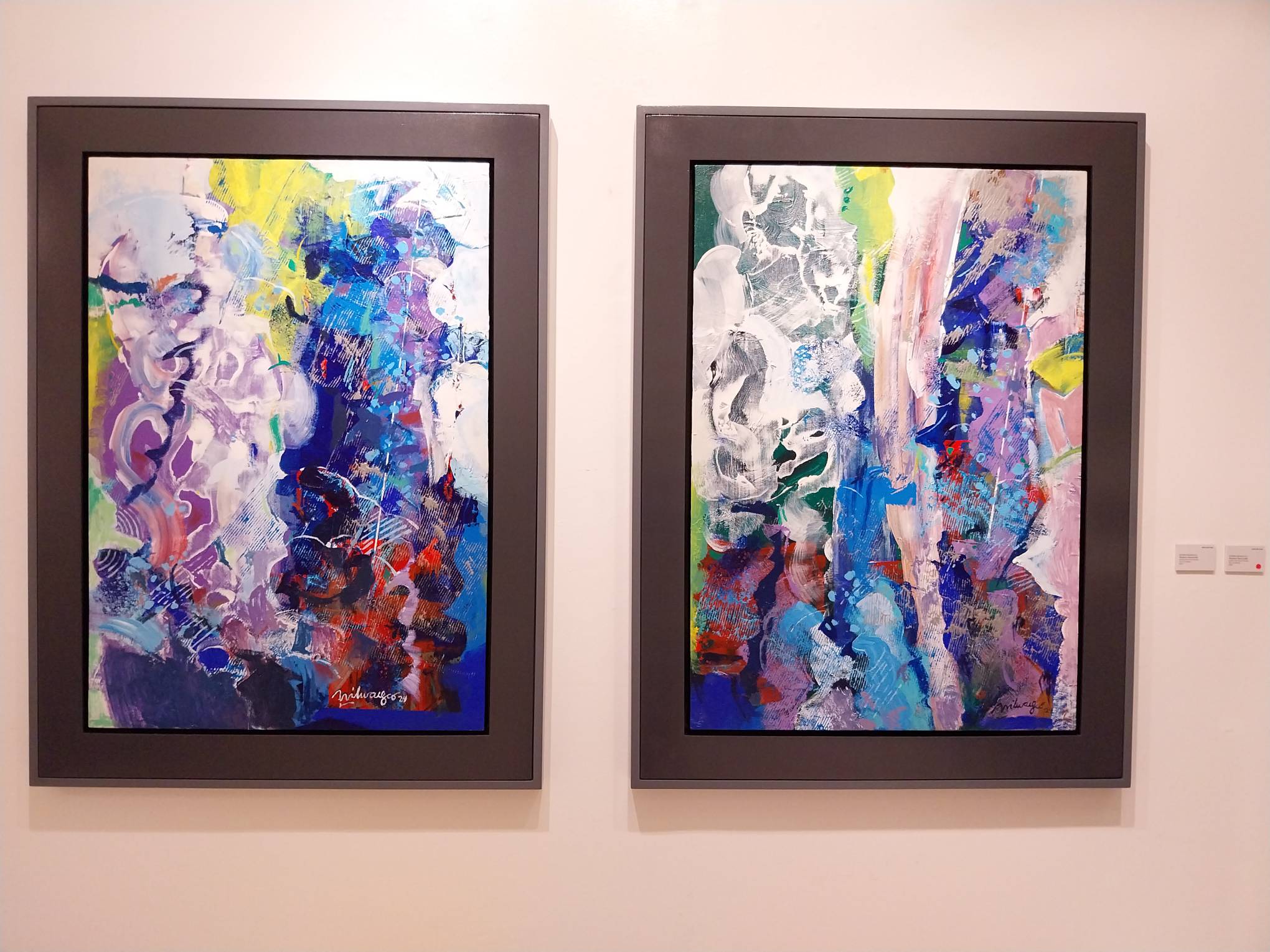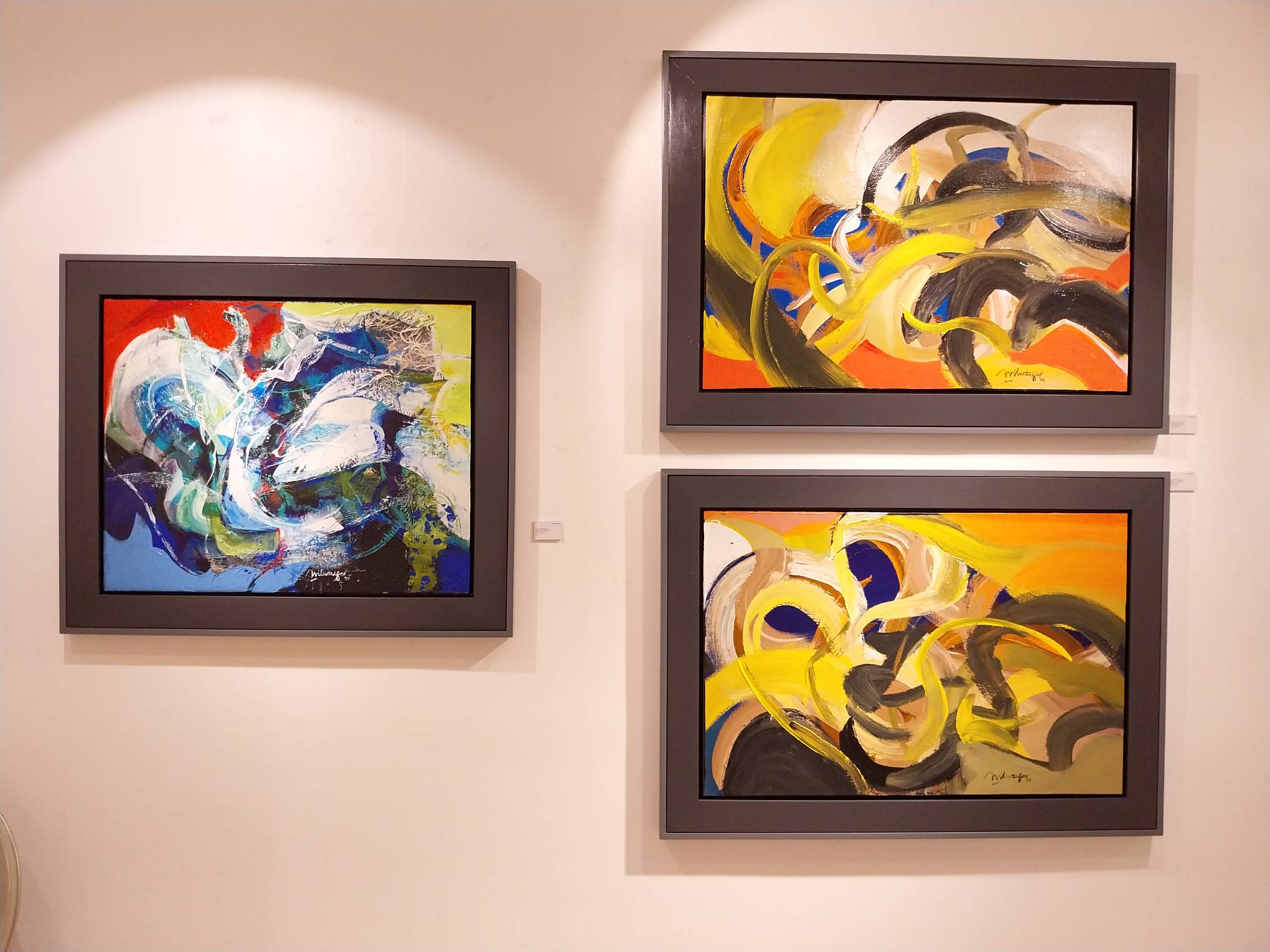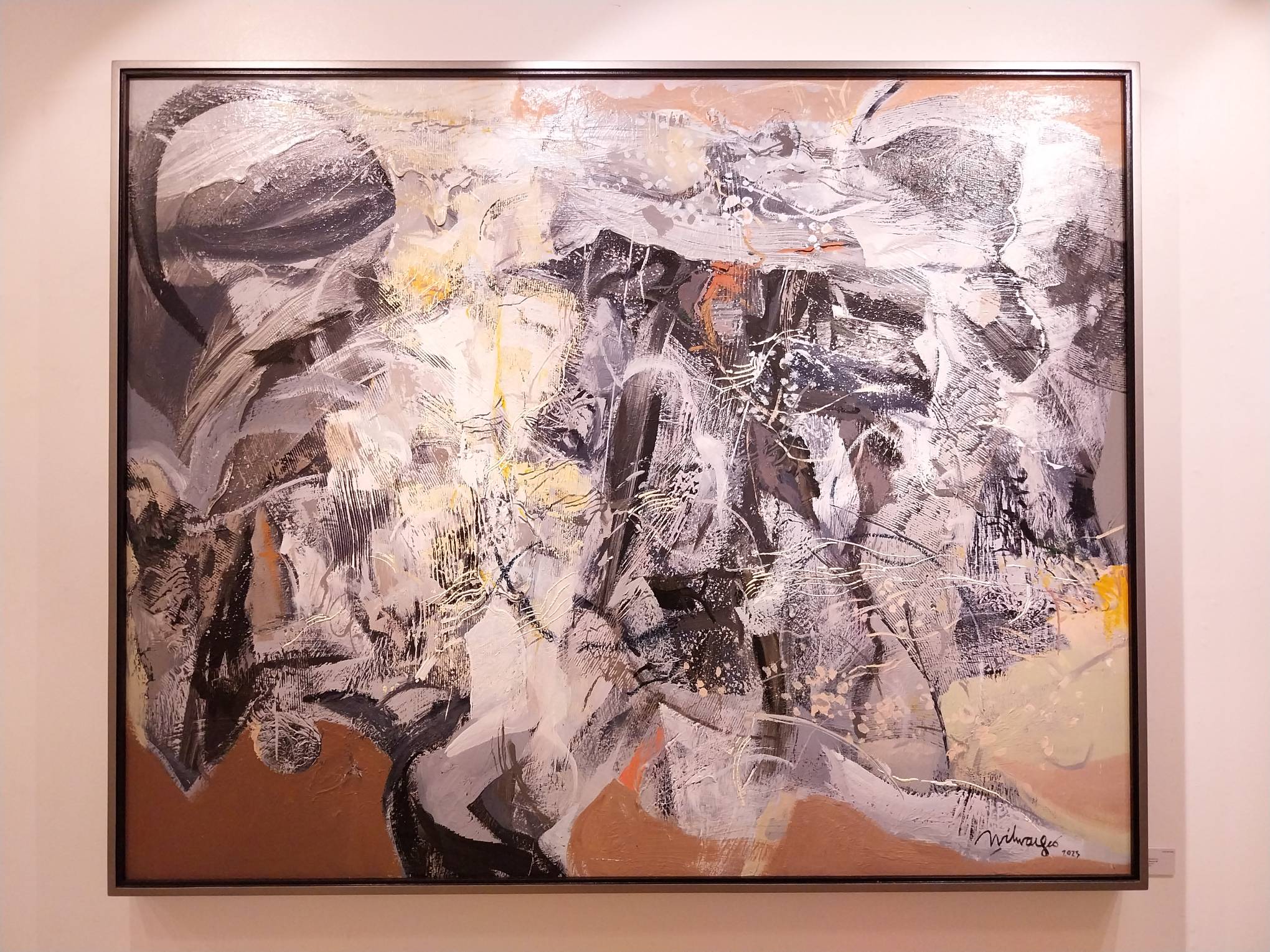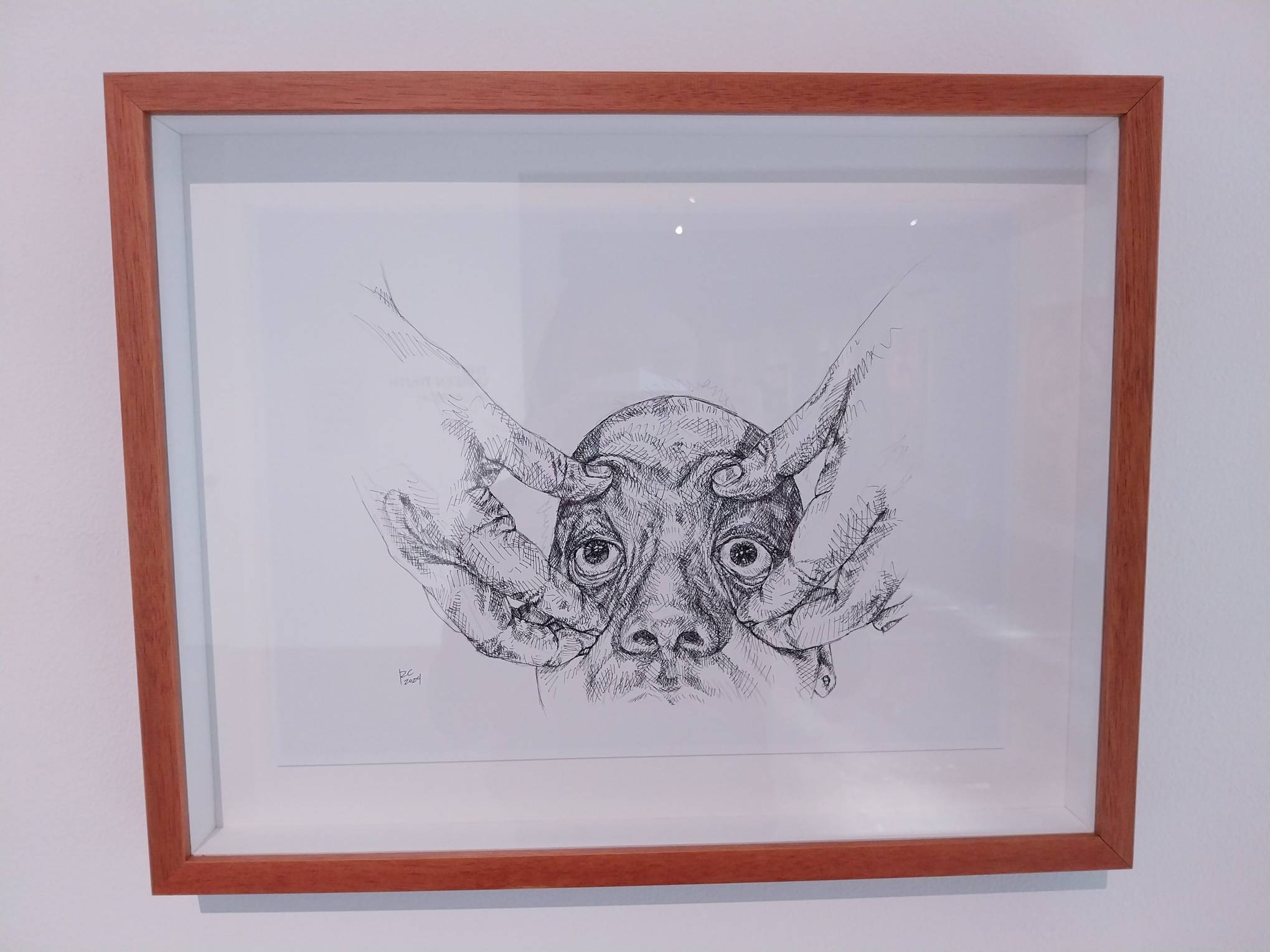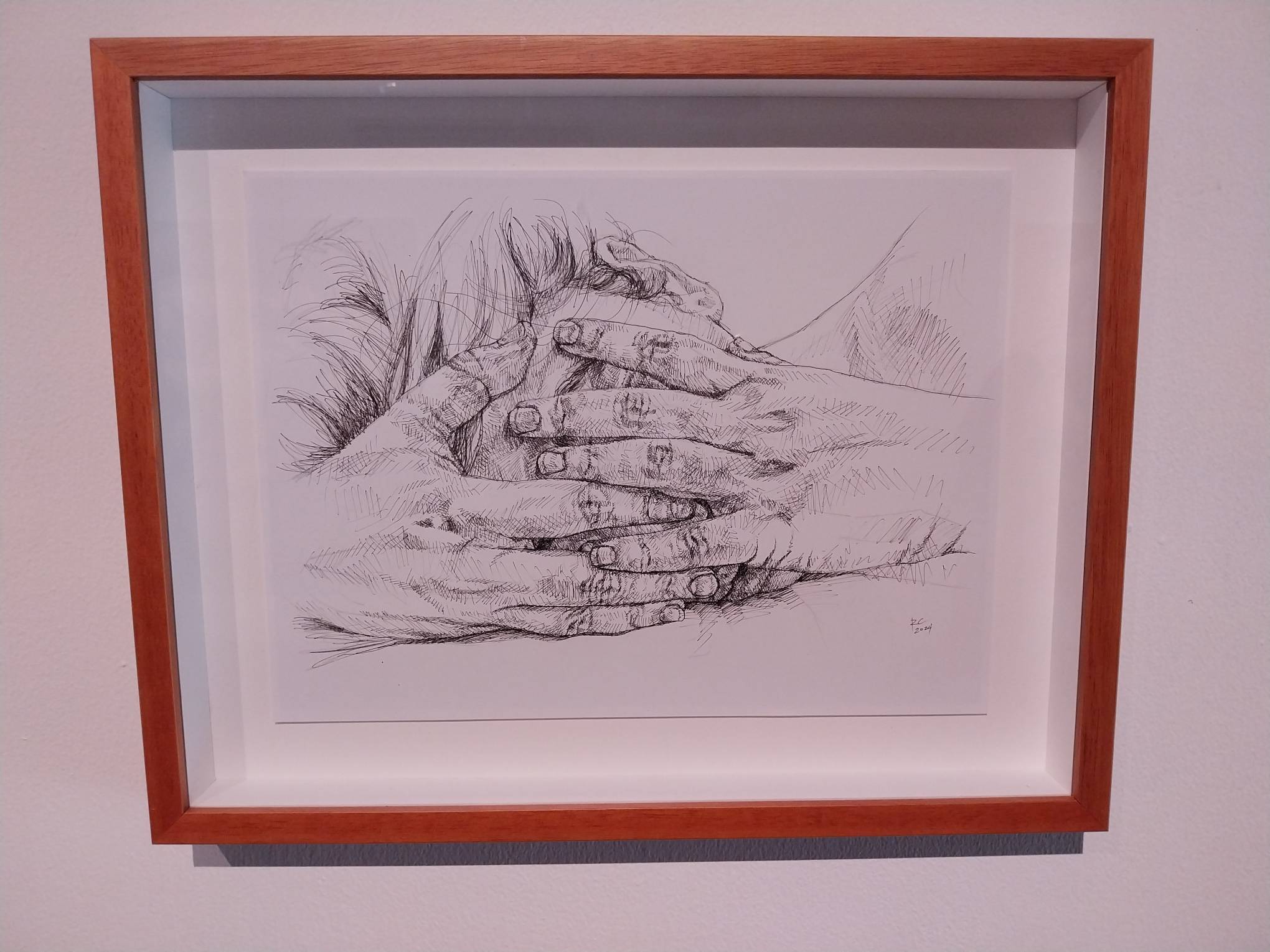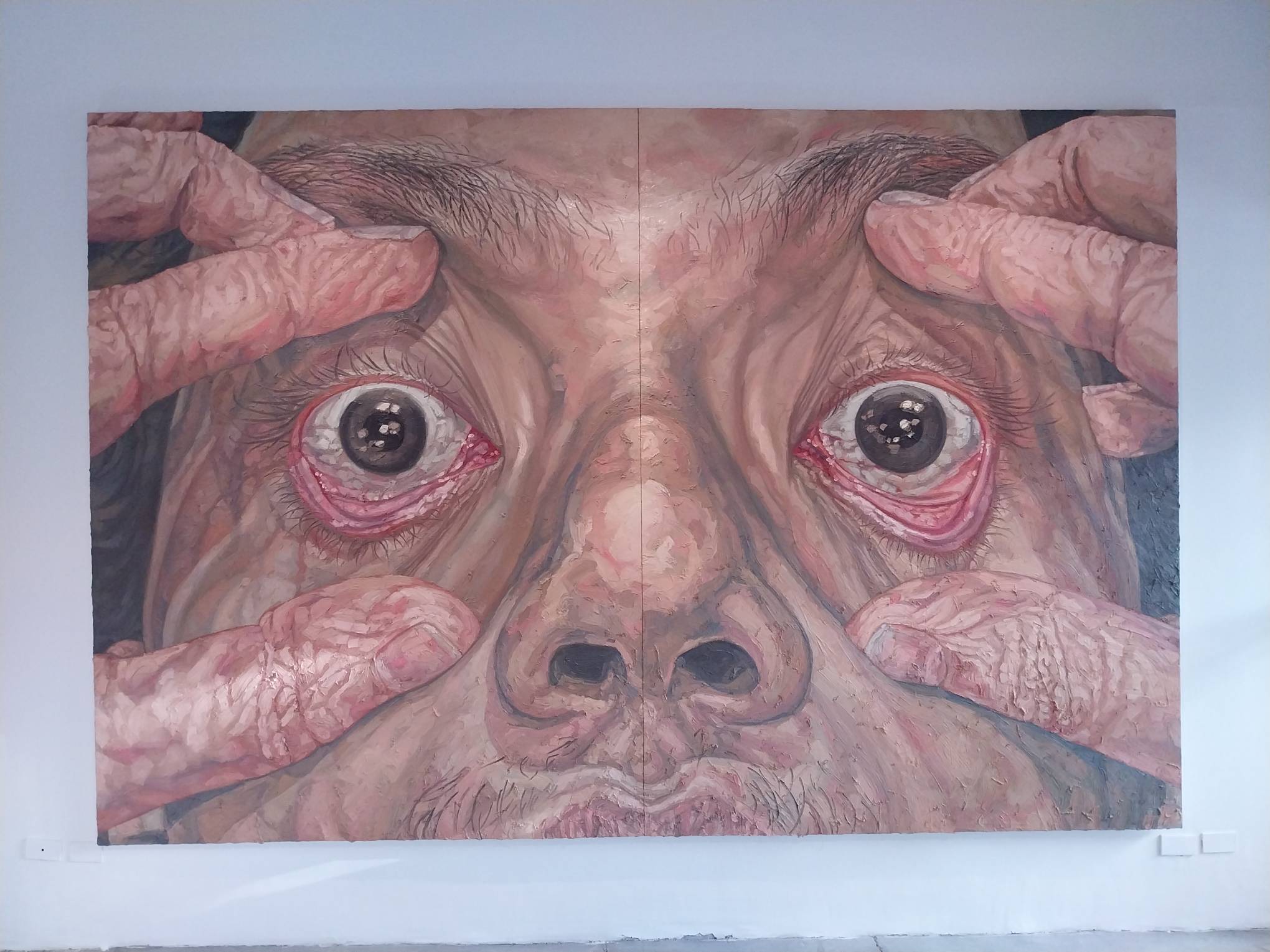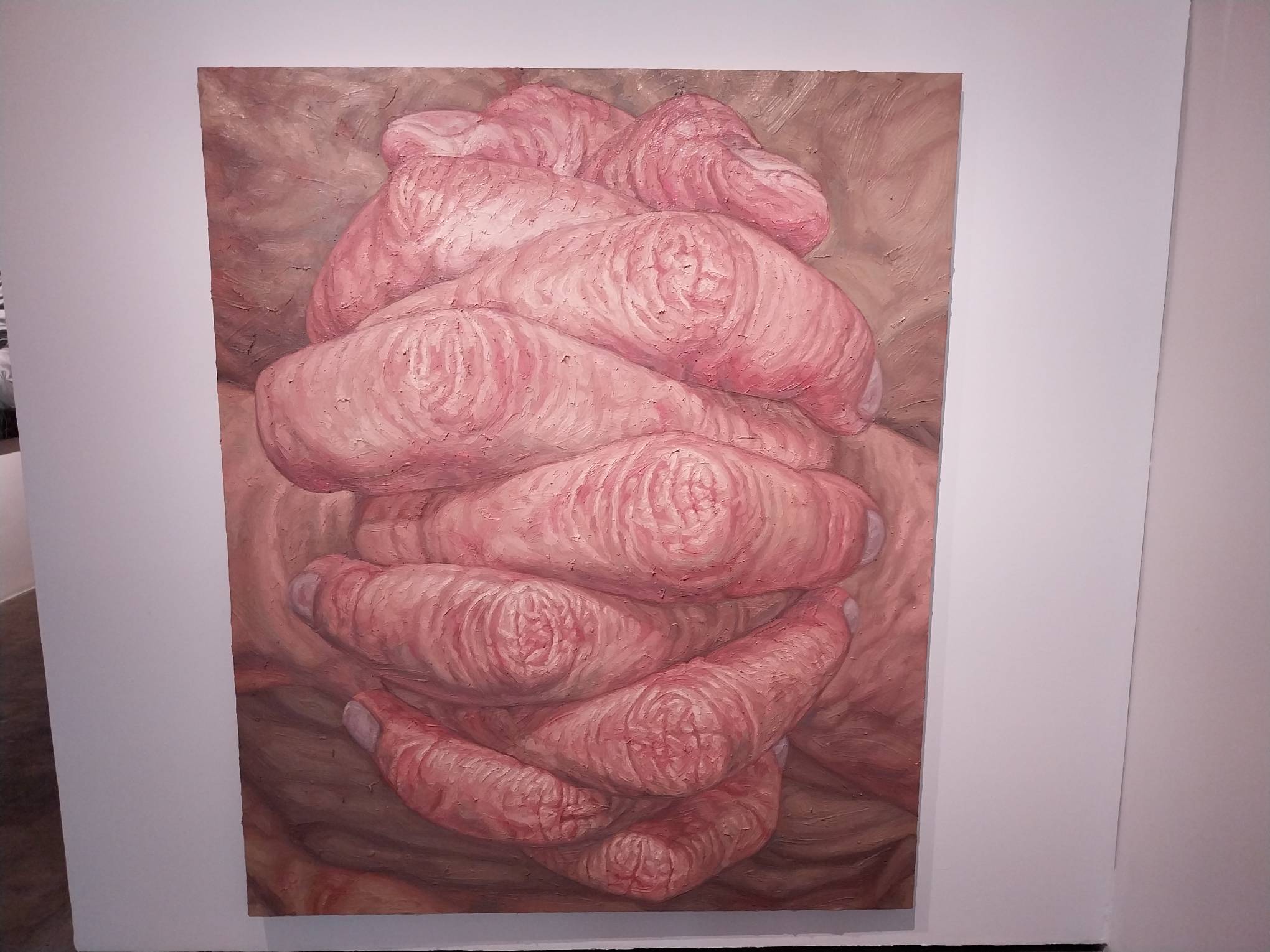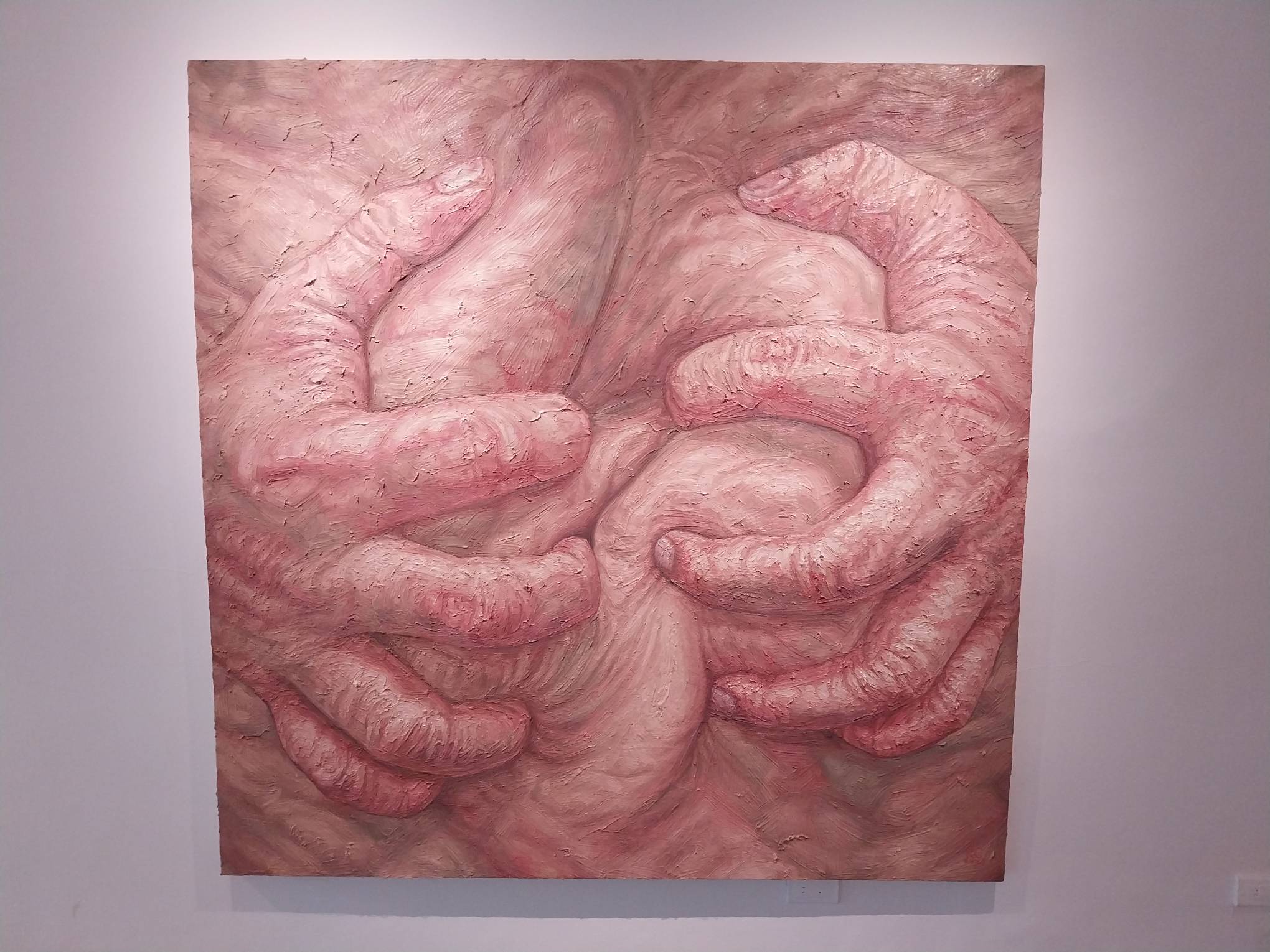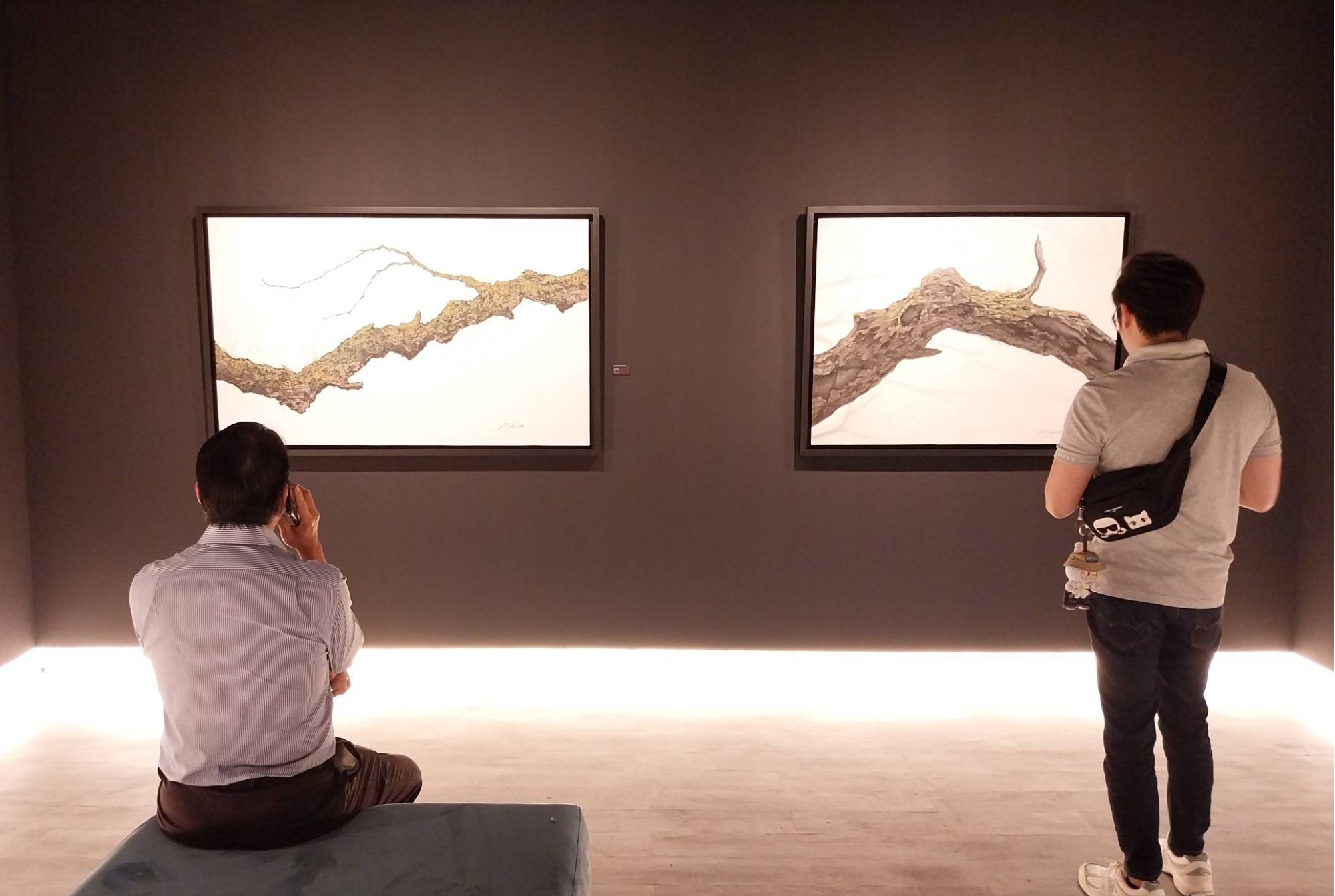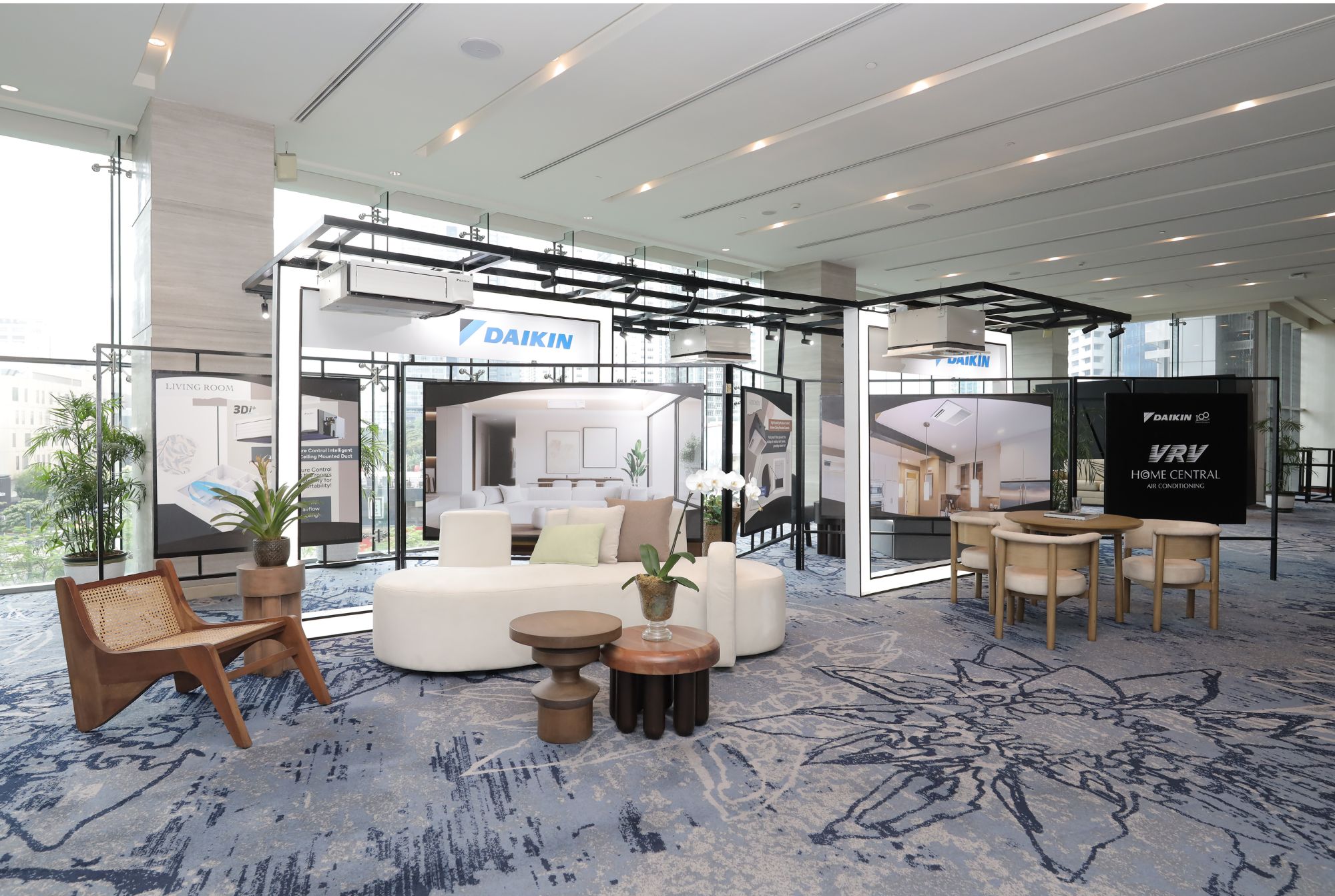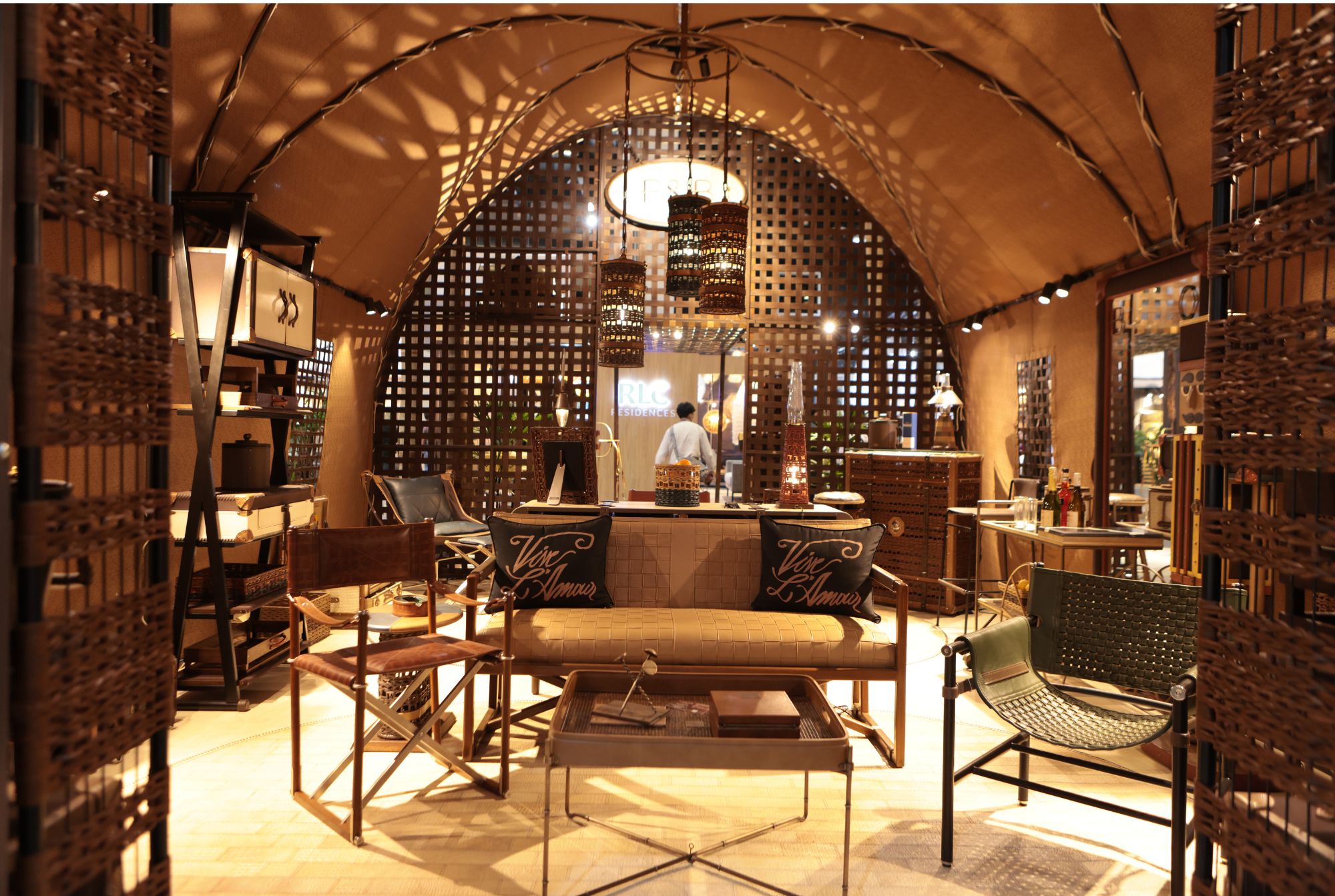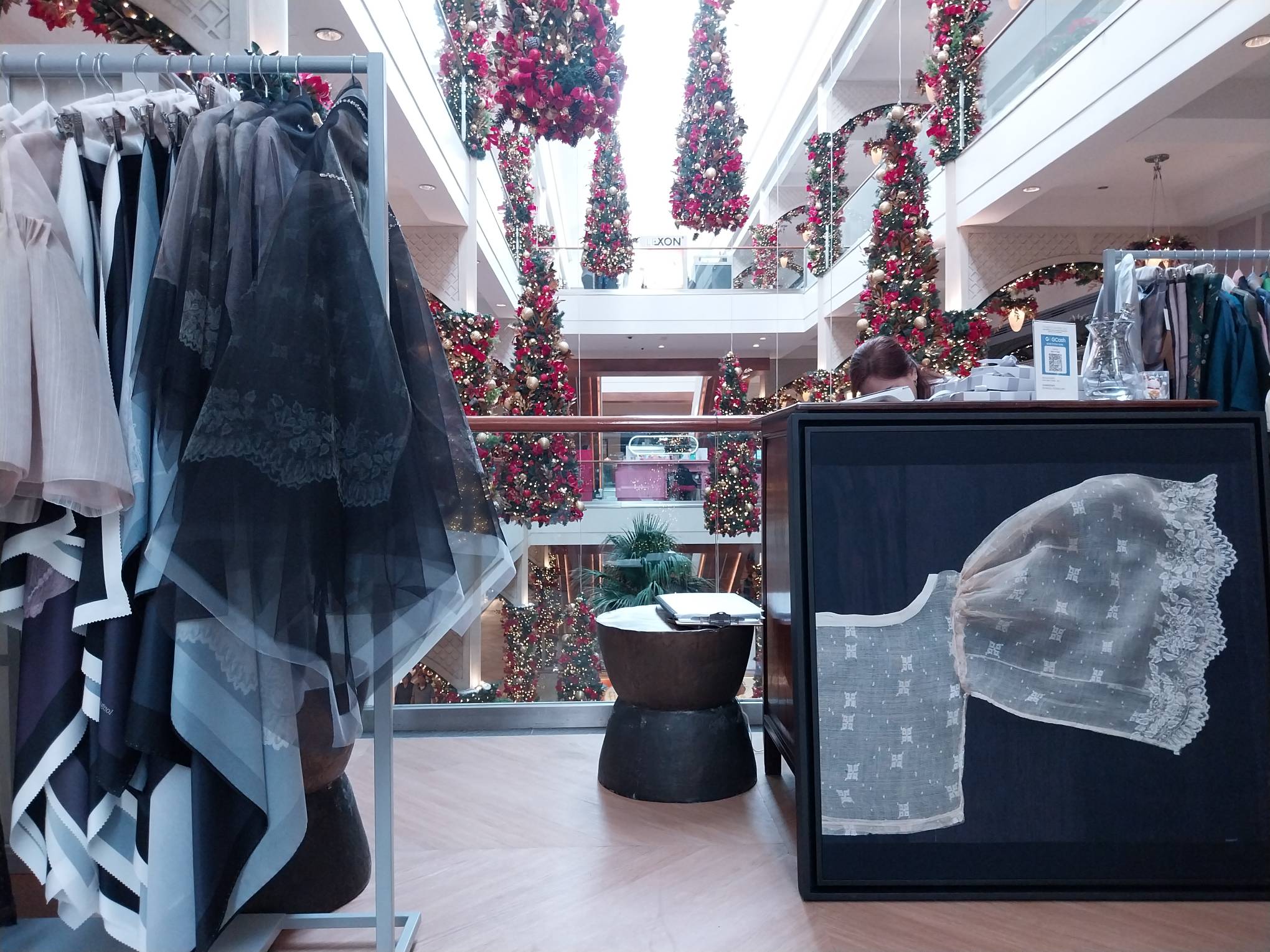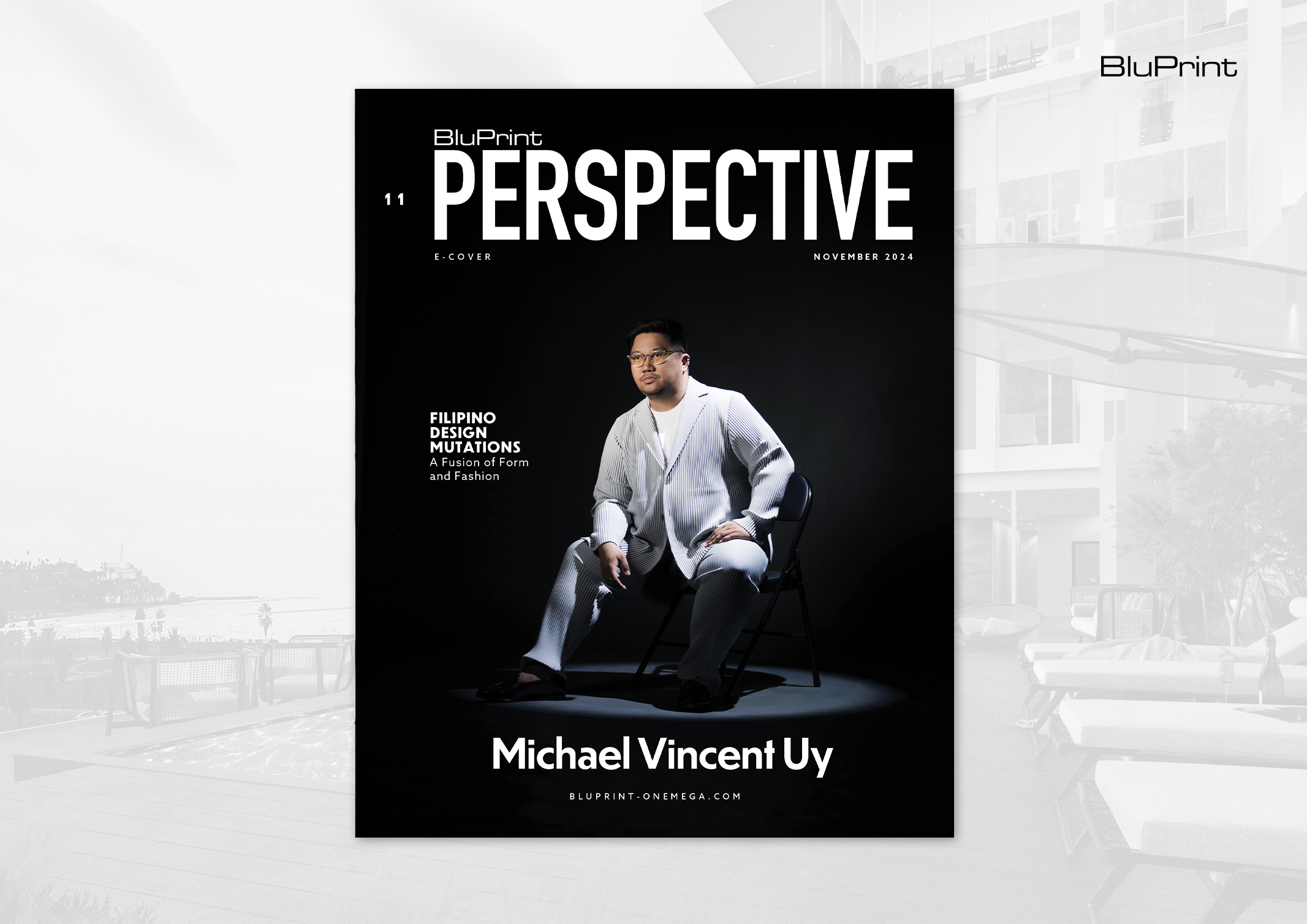Echoes of Verdure by Erikson Arcilla captures the inherent poetry in the environment around us. Showing at Art Underground in San Juan, the exhibit attempts to capture the unique meditative feeling that such environmental images can give the audience. Arcilla aimed for tranquility, to give their audience time to reflect on the world around them. […]
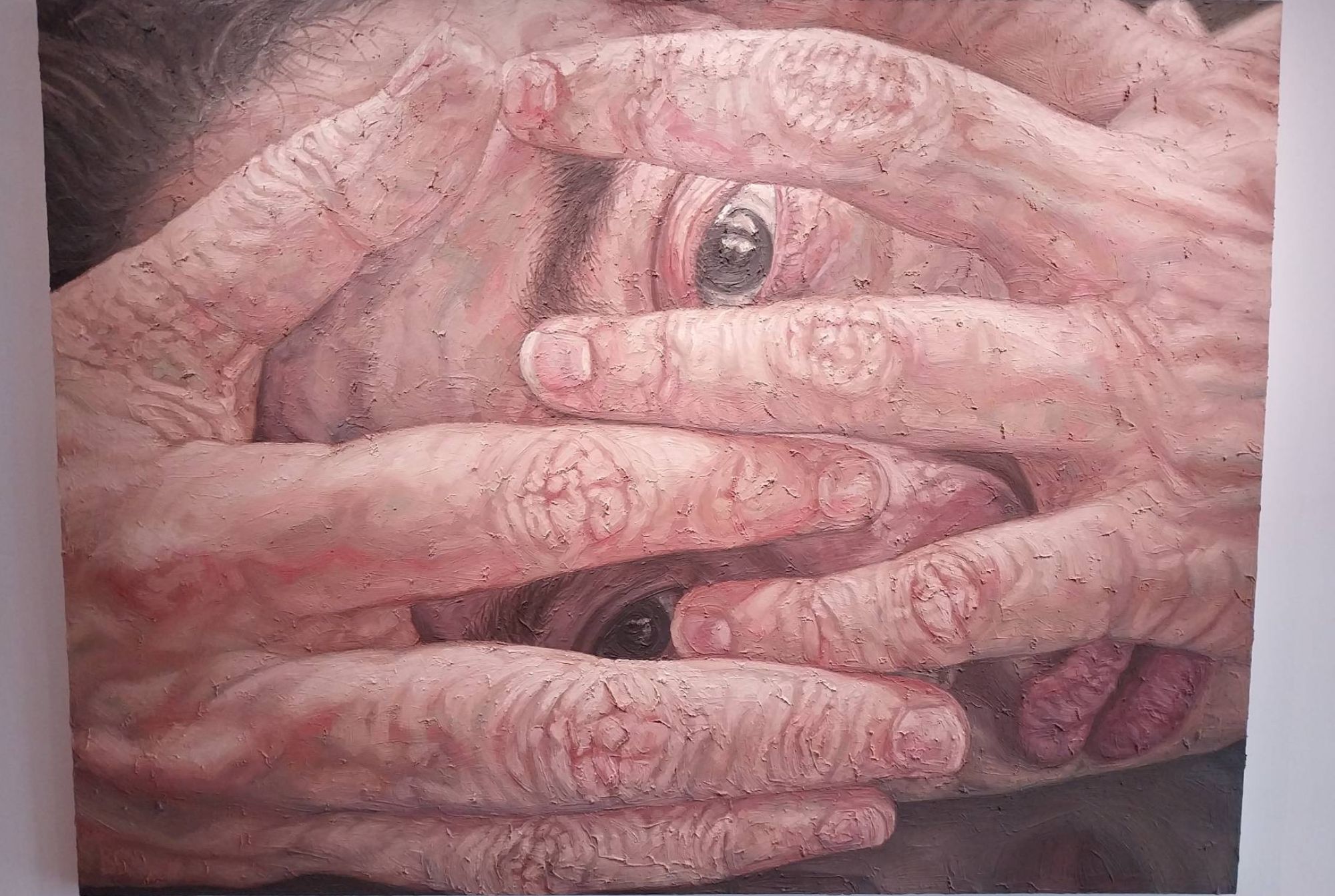
Five Art Exhibits That Use Art as a Form for Self-Reflection
Last October, five art exhibits delved into the depths of the artist’s personal experiences, inviting viewers towards self-reflection through their works. They utilized innovative techniques and formats to unveil personal narratives. By experimenting on the forms of artistic expression, these exhibits offer unique insights into the complexities of the self, inviting viewers to contemplate their own identities and emotions.
Sinsin
Sinsin, exhibited at UP College of Fine Arts Parola Gallery, is a tribute to artist Don Salubayba. Salubayba was a contemporary artist known for making mixed media art that utilized postmodern techniques and a historical perspective to create portraits of society that looked into the inner lives of the people affected. He was also known for his interest in shadowplay puppetry, fostering a new generation of art students towards the practice.
Salubayba tragically died in 2014 at the age of 35 from a brain aneurysm. Sinsin, Karen Ocampo Flores said, looks back to honor Salubayba’s contributions to the Philippine art community.

“There are few regrets for such a short, yet fully lived life. As Roberto Feleo, his teacher both at the PHSA and at the UP CFA, mused, we also lost the gift of encountering the maturity of Salubayba’s art upon his passing,” Flores wrote.
The exhibit contains a collection of his paintings, videos, and other mixed-media artifacts. It careens from shadow puppetry to painted sketches that mimic decay and defacement. The freewheeling yet intentional style extends to a portion where visitors are encouraged to add their thoughts or sketches about the exhibit.
For those who do not know Salubayba’s art, it gives a perspective on what made him so unique and beloved. For those who did, it reminds them of the singular voice that Salubayba contributed to the scene.
“This 2024 marks a decade hence, celebrated through Sinsin, describing the tight-knit of imagery, the collisions and collusions that can be experienced in his works,” Flores said.
“[The exhibit helps in] recalling that to be with Salubayba is to enjoy mergers between accidents and intents, telling tales of the factual and the fictional, revealing the effaced and toying with the sacrosanct. These are conversations that linger, weaving the painfully funny with the insightfully serious into scaled visual narratives.”
Related reading: And the rest is history: The Art of Don Salubayba
Square
Ricky Francisco’s Square, exhibited at Galerie Stephanie, is provocative in its simplicity. Conceptualized during the pandemic, Francisco’s work explores the ways that squares manifest in our world—emphasizing its adaptability in spite of its rigidness.

“Rationalizing the phenomenon, squares may project stability in a highly volatile world,” the exhibit write-up said. “Squares can also be constricting, as we have been confined by the walls of our homes and rooms. A square can be a symbol of equality and equity. But it can also be a void.”
The works are interesting in how strange they are, straddling barriers between mediums and materials to showcase the idea in its fullest form. Francisco, for example, carves a square hole into a circular rock—a strange and eye-grabbing way of getting attention to the works at hand.
Many of the paintings play with form in similar ways, creating square artworks within squares or adding piercing lines within the shape to split it apart. The others manipulate colors, blending them together in reflective darkness or brightness. At times, they look ominous, like fading doorways in the distance.
Altogether, the exhibit expands on a shape that many find confining. Even for an object well-known for its resistance to change, Francisco shows how it can be bent towards something different through changes in perspective and how one renders the concept in their mind.
Behind the Scenes
For Audrey Lukban’s Behind the Scenes in Finale Art File, normal household objects become a tool for discussing a world with a lack of privacy and how that affects us as people. It highlights aspects of performativity in even the most sincere actions, and the way that shifts reality in the smallest ways.
The first part of the exhibit, “Staging a World: A Performance, A Real Event,” features green curtains resembling stage drapes. Curtains typically provide privacy in our lives. For the exhibit, however, Lukban recontextualizes them to portray our society’s current lack of personal privacy.
They appear to signify the way that even our personal motivations are affected by the fear of them bubbling up and being judged by the wider public. It provides this ominous feeling that one needs to perform for the acceptance of others.
“[The] underlying theme remains: life as a stage where our motivations, and eventually our actions, are influenced by external forces and when put under the pressure of prying gazes,” the exhibit write-up said.
The second part of the exhibit, “an all-surveilling state,” goes broader as it indicts institutions for encouraging the lack of privacy. This portion contains a giant wooden divider riddled with peepholes taking over most of the room.
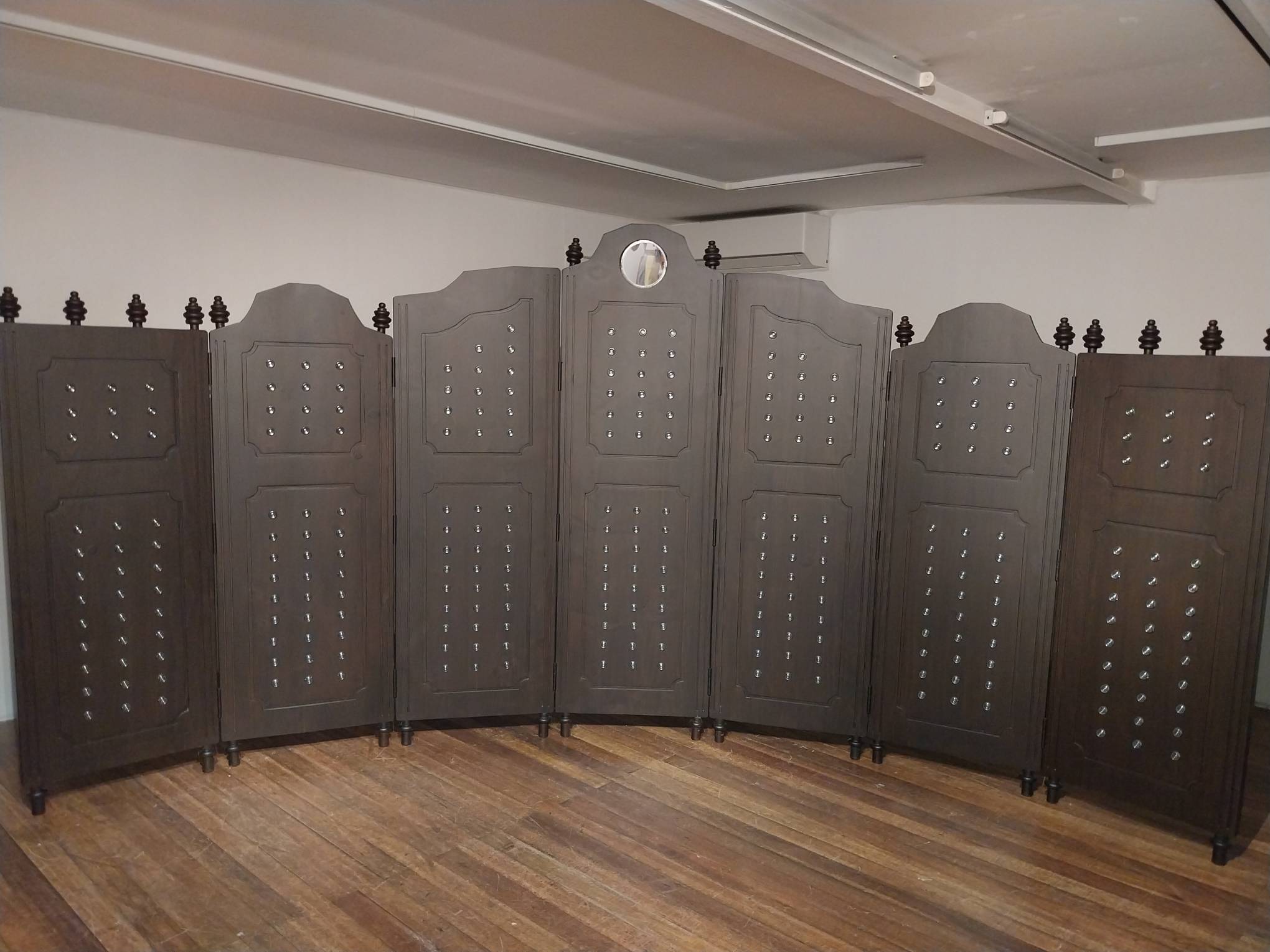
While dividers like this typically give people privacy to dress and undress, Lukban’s intervention renders that intention moot. Peepholes in different parts of the divider allows the audience to easily see through the other side.
“The peepholes like omnipresent eyes reiterate Lukban’s profound commentary on intimacy and the act of observing, bringing focus to the anxious emotion of being watched without full awareness of the act,” the exhibit write-up said.
Behind the Scenes, in the end, highlights just how precarious our privacy is. More than that, it provides a quandary on what people can do about it: fight for privacy, or remove the self to succumb to the whims of an apathetic world.
Related reading: ‘Anecdotal Evidence’: Audrey Lukban Links the Material and Ethereal
Rhythmic Reverie
Edwin Wilwayco’s Rhythmic Reveries for Arte Bettina gives the artist room to interpret the music he hears in abstract, evocative ways. The exhibit provides us a view of the images in his head, and the end products are as wild and inspired as some of the most passionate music released.
Wilwayco’s abstraction feels explosive, mixing a different array of colors and stroke textures to create wavy crescendos that feel jazzy and turbulent. The waves even appear to battle each other out within the paintings, like musical notes attempting to overpower each other.
“Akin to a grand musical piece, the strokes are melodious, but controlled,” Robert Santos wrote in their exhibit write-up. “Initially, the gestures seem free-flowing, however, the progression comes to a powerful halt – a proof of the artist’s utter self-awareness.”
The Unseen Truth
For The Unseen Truth, RC Caringal showcases the body unfiltered. There are no beauty shots in this exhibit; rather, Caringal paints uncomfortable close-ups of the body. In different paintings of the exhibit, one sees the holes of our pores, the wrinkles of our skin, the veins in our eyes.
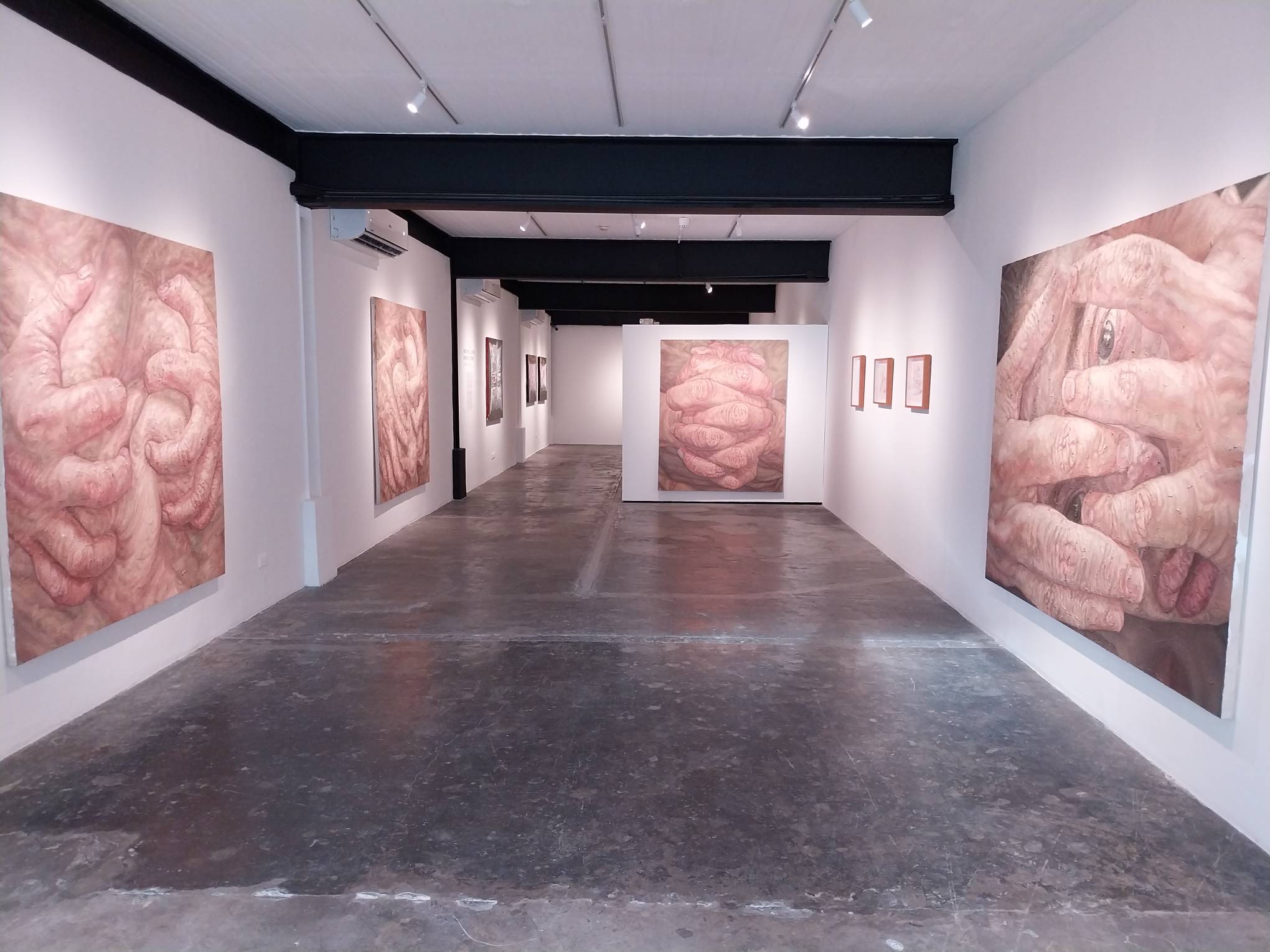
“Her figures are vulnerable, imperfect, and mortal,” the exhibit write-up by Carlomar Daoana said. “[This is] emphasized through her roughshod portrayal of skin.
“Using slight impasto, she layers paint to create textured, almost raw surfaces that reflect the imperfections of real human flesh. This technique underscores her commitment to portraying authenticity, rejecting the glossy facade in favor of a more truthful, grounded depiction of the human condition.”
For Caringal, discomfort is the point. Humanity isn’t beautiful despite the ugliness; both characteristics coexist together and craft environments that make it work. And if we confront our own prejudices and biases against it, we can find an inner truth about ourselves that wouldn’t exist without our flaws and aching fragility.
Knowing Yourself Through Art
For these five exhibits, the self is reflected through our art. Art functions beyond cataloging beauty; it shows us parts of ourselves we refuse to confront, giving us an avenue to explore what we hide away. How we move forward from there is up to what we take from these self-reflections. Do we embrace the person presented to us, or do we keep hiding until there’s nothing left to explore?
Photos by Elle Yap.
Related reading: Four Art Exhibits This September Reflecting the Inner Self

